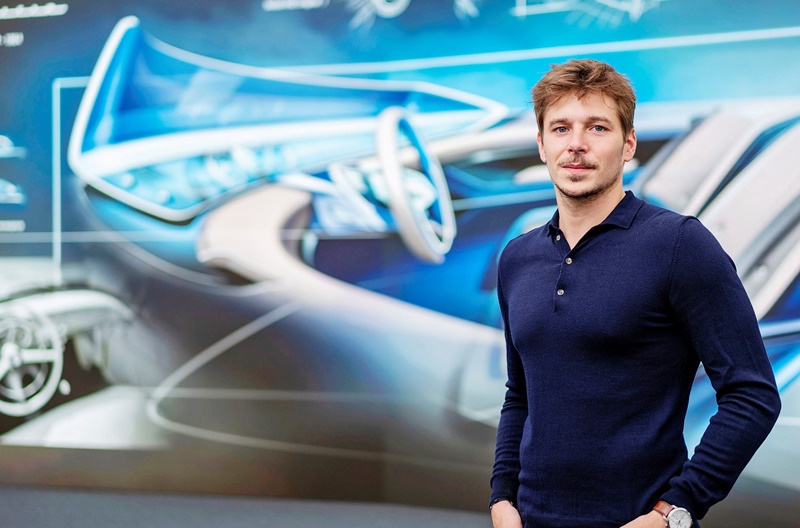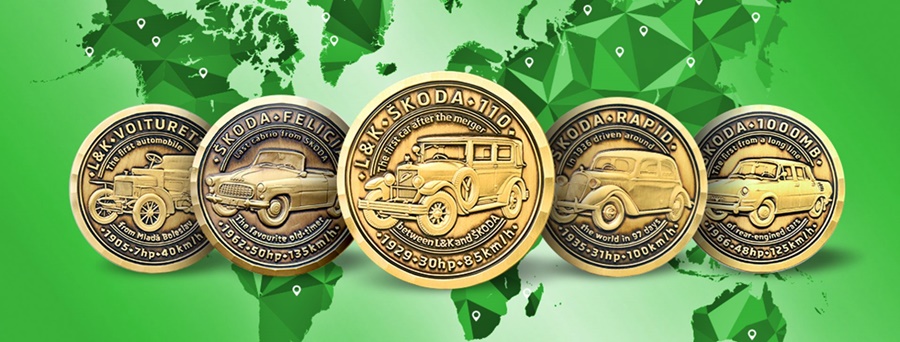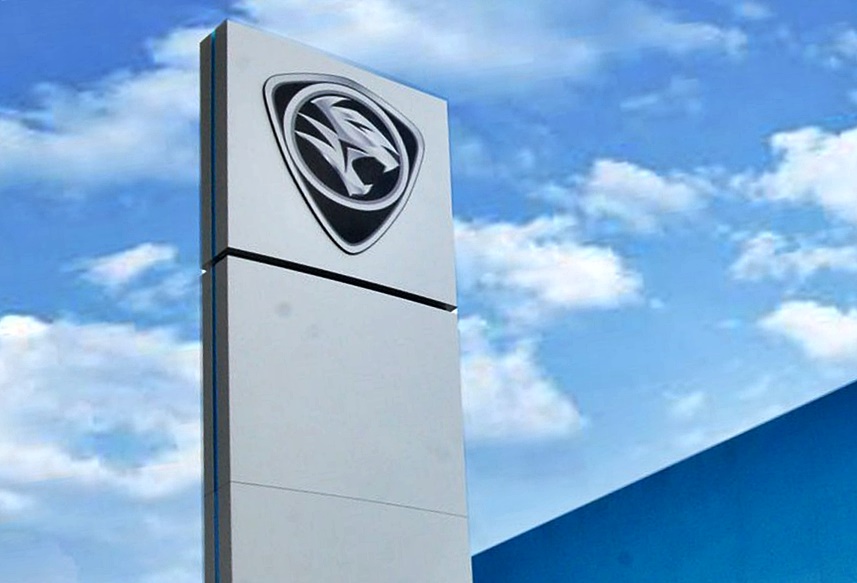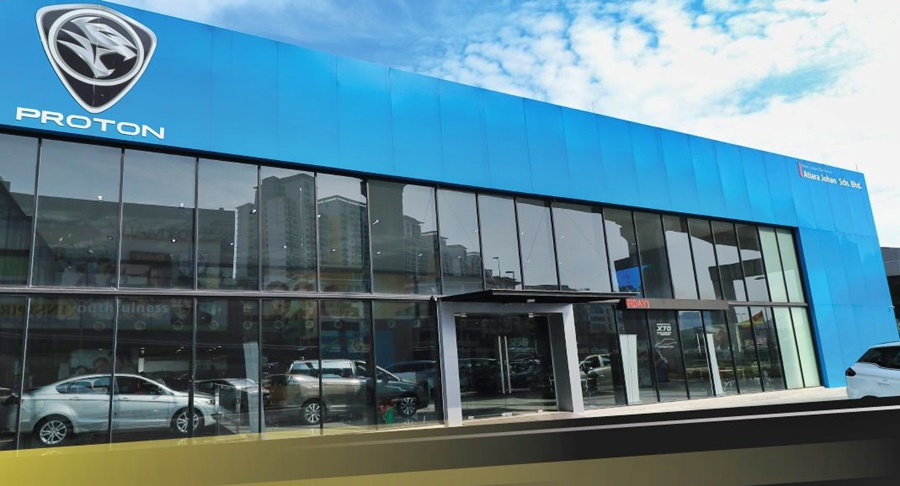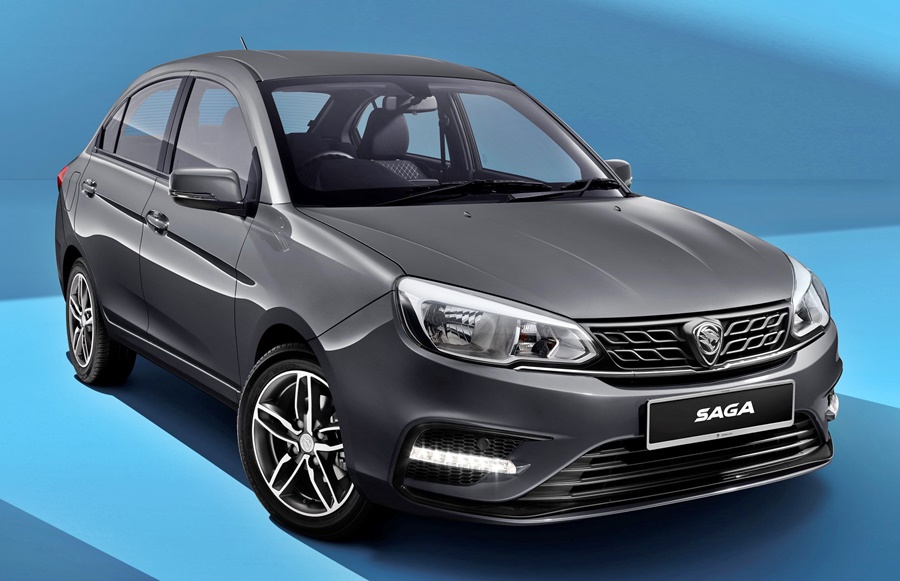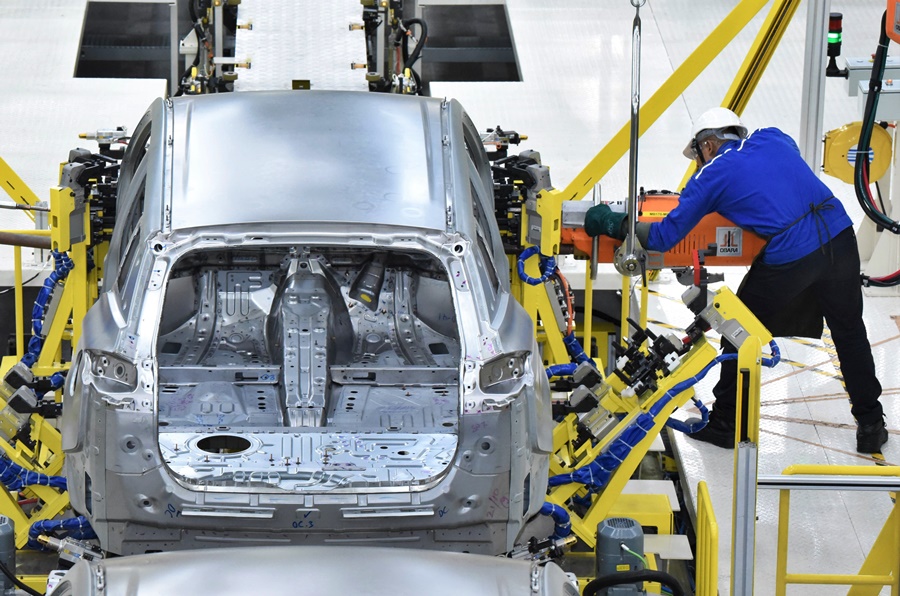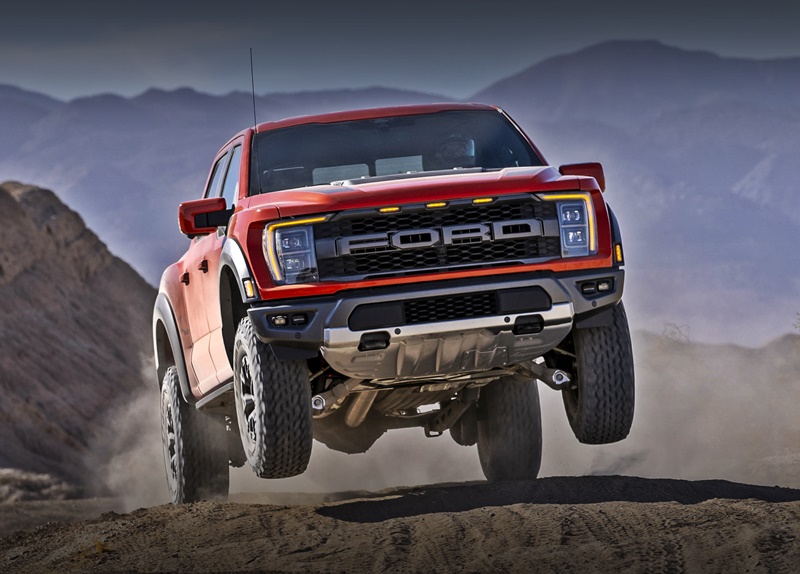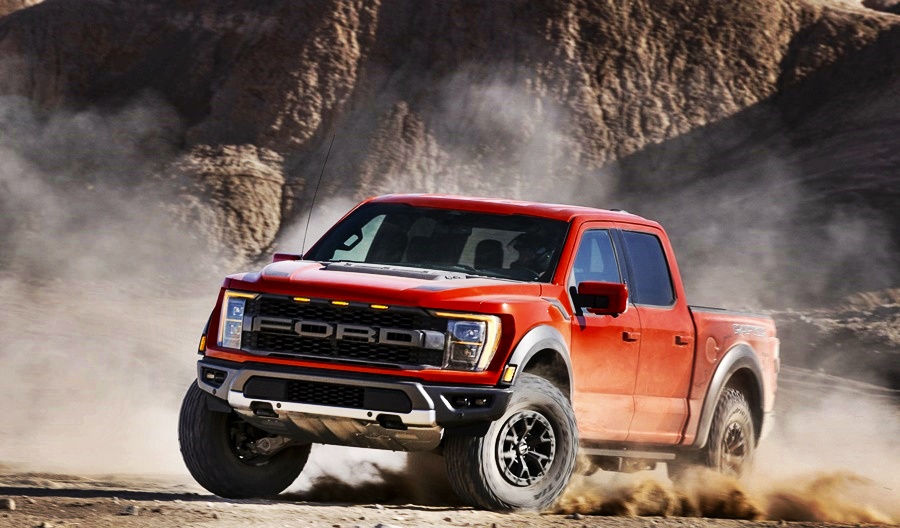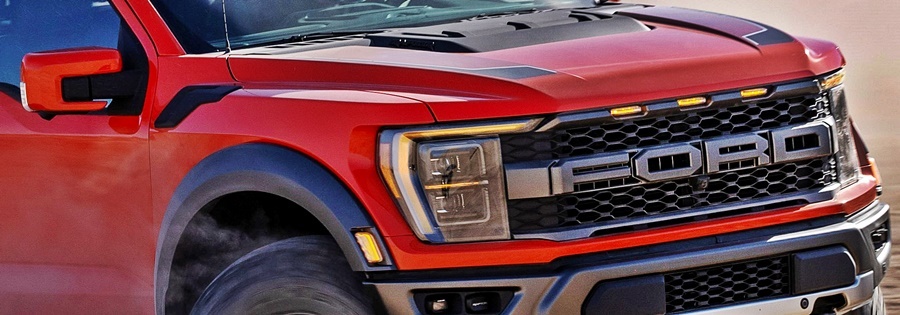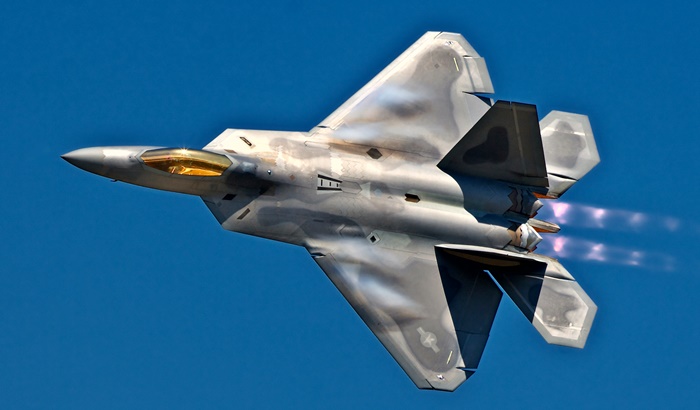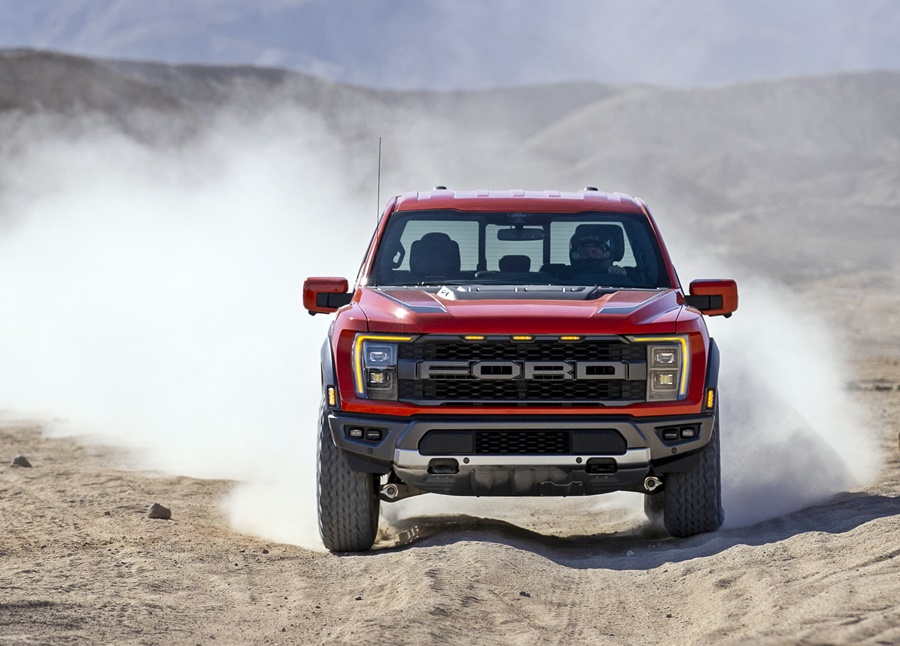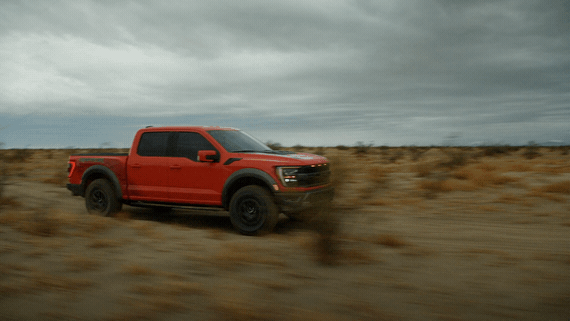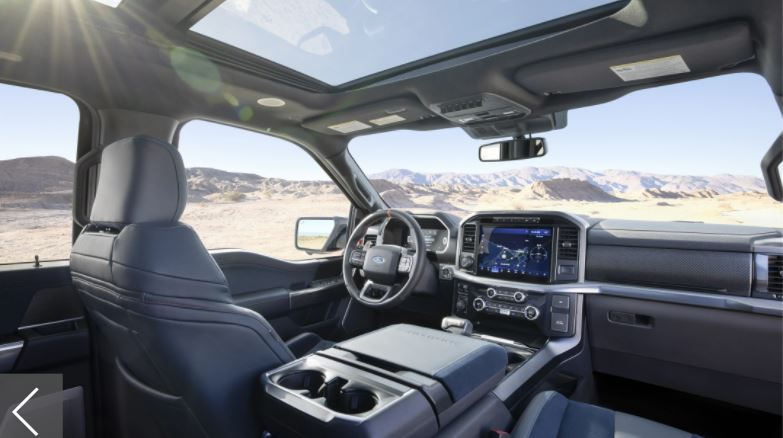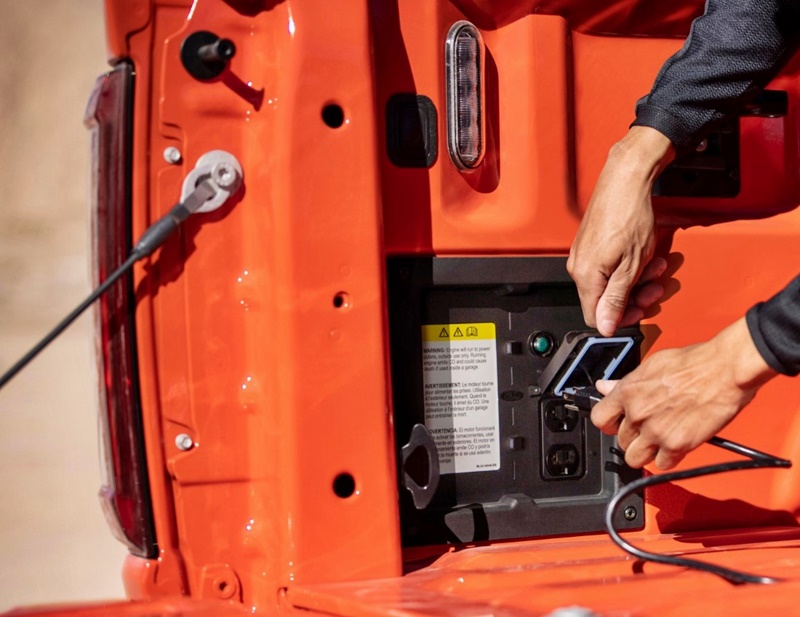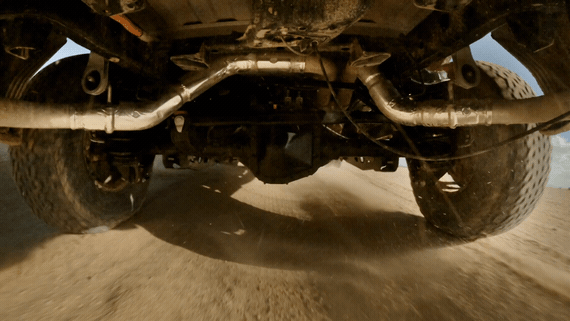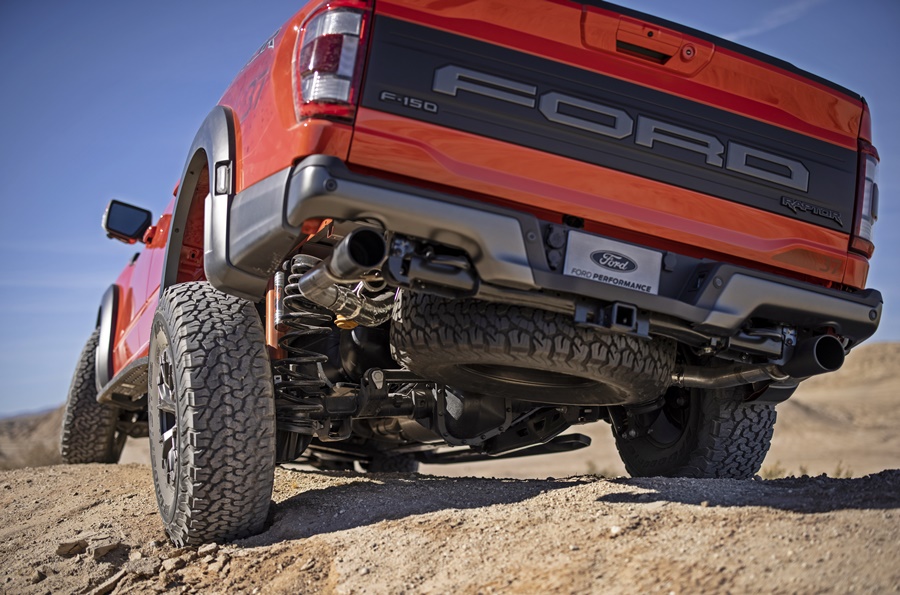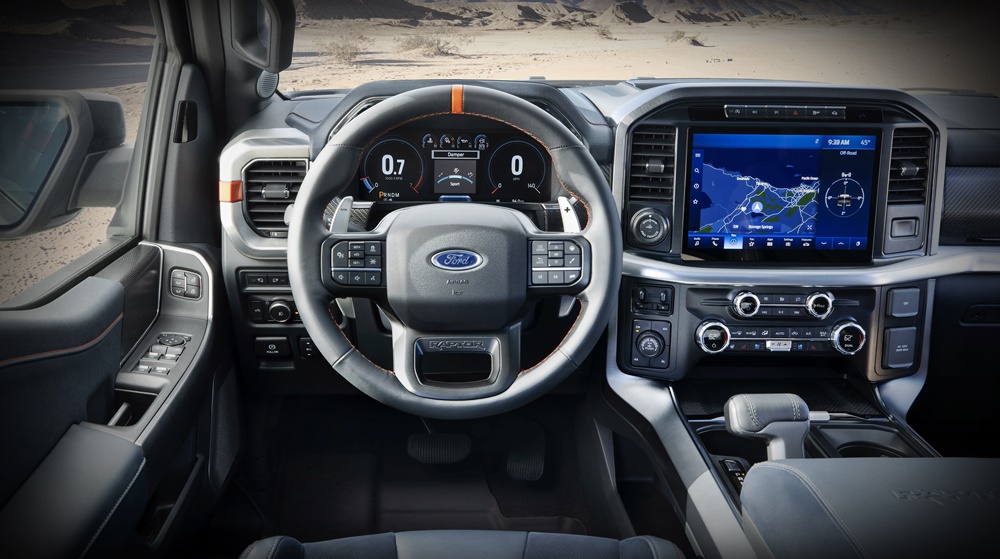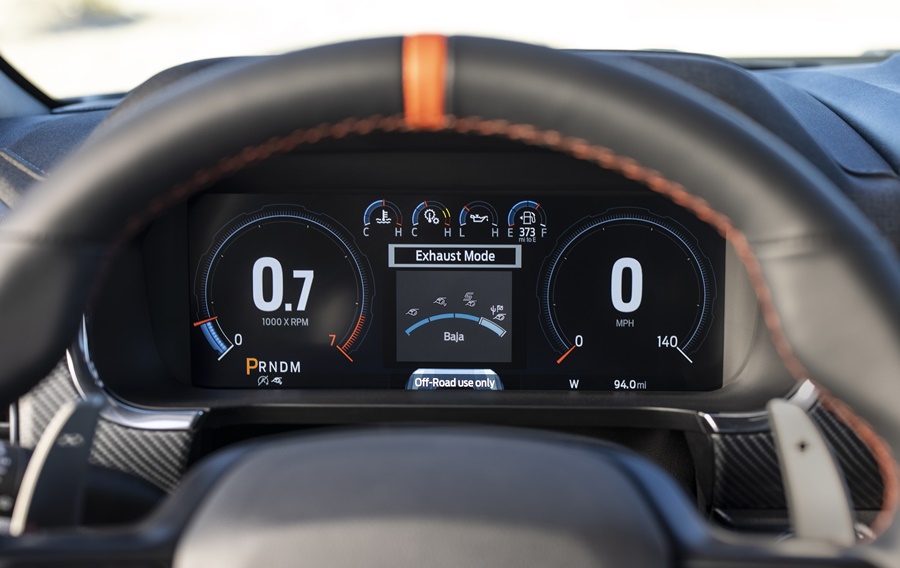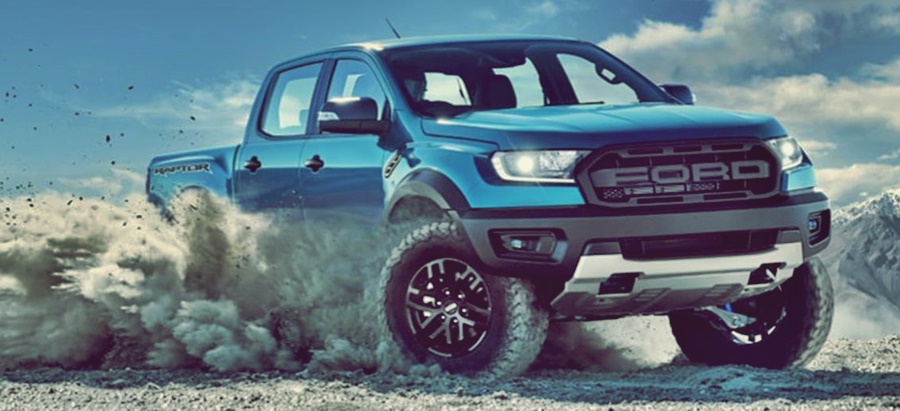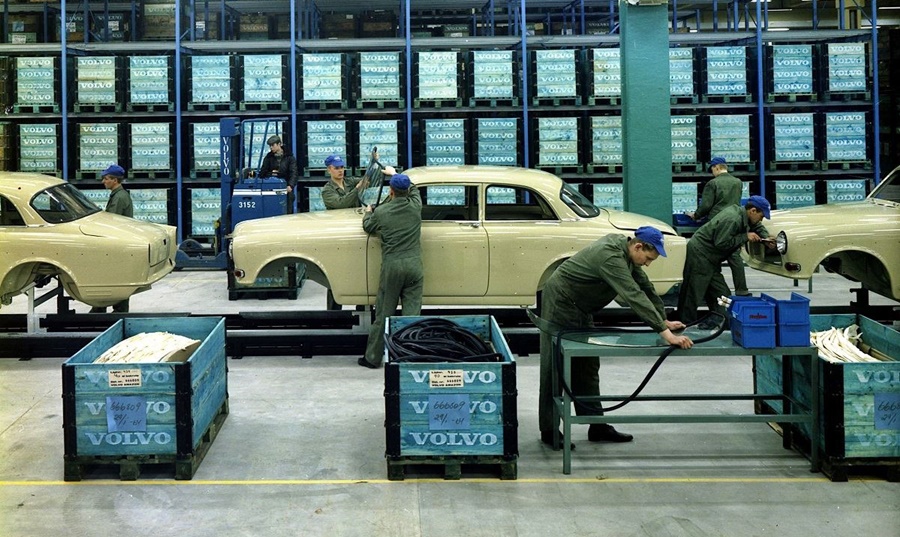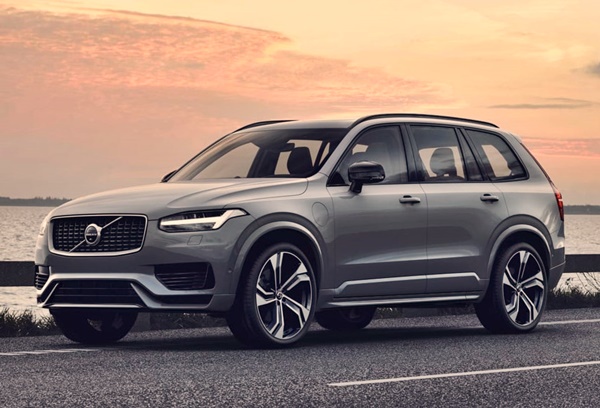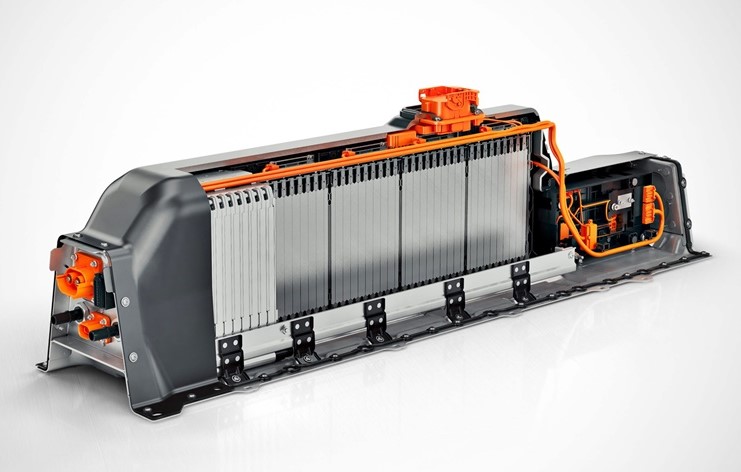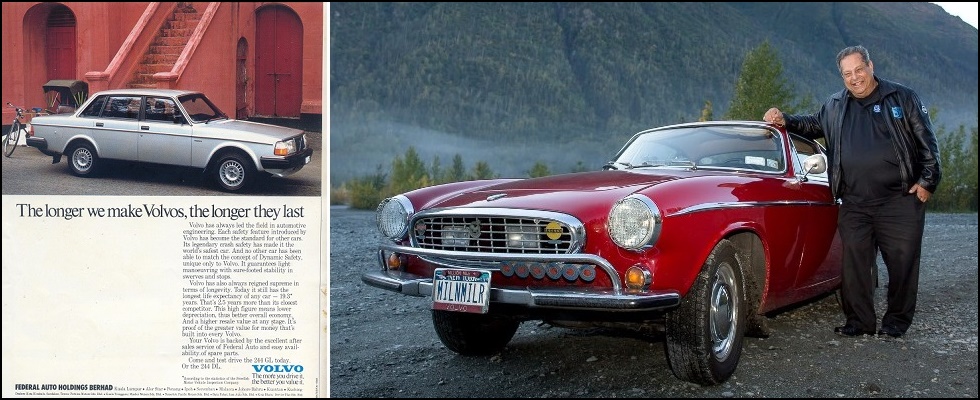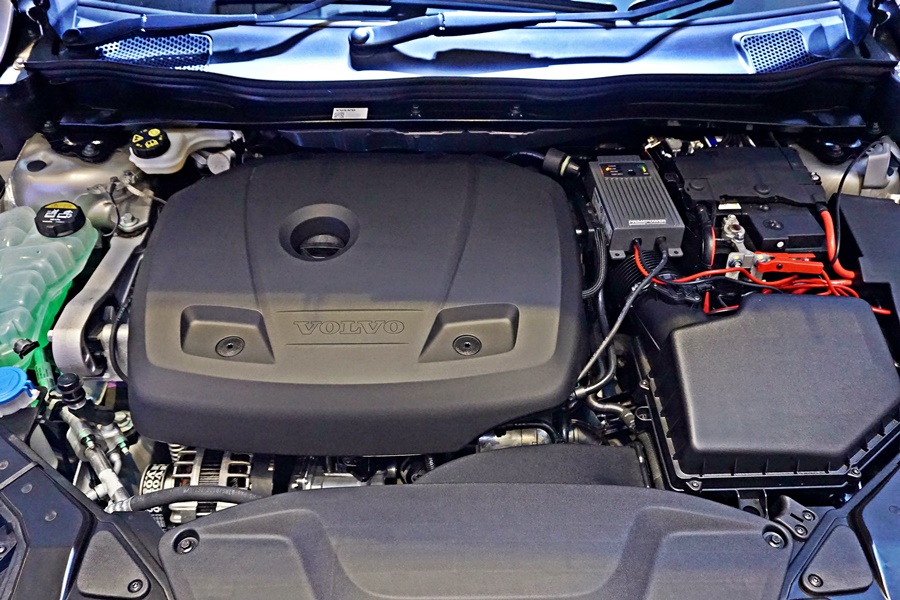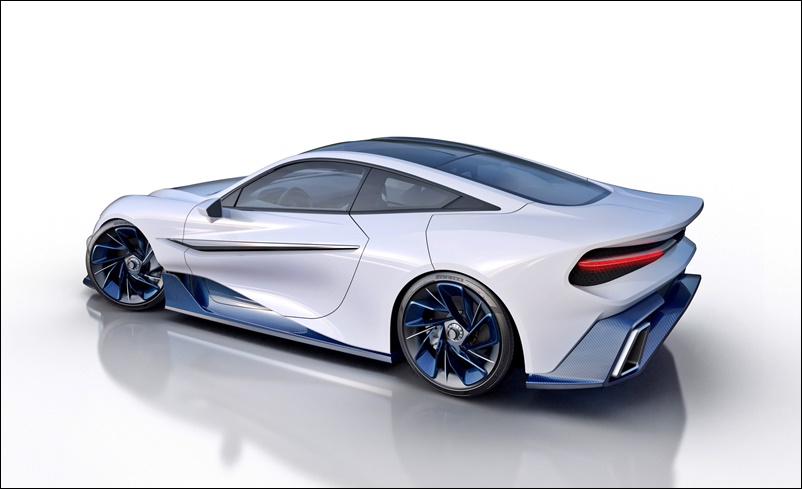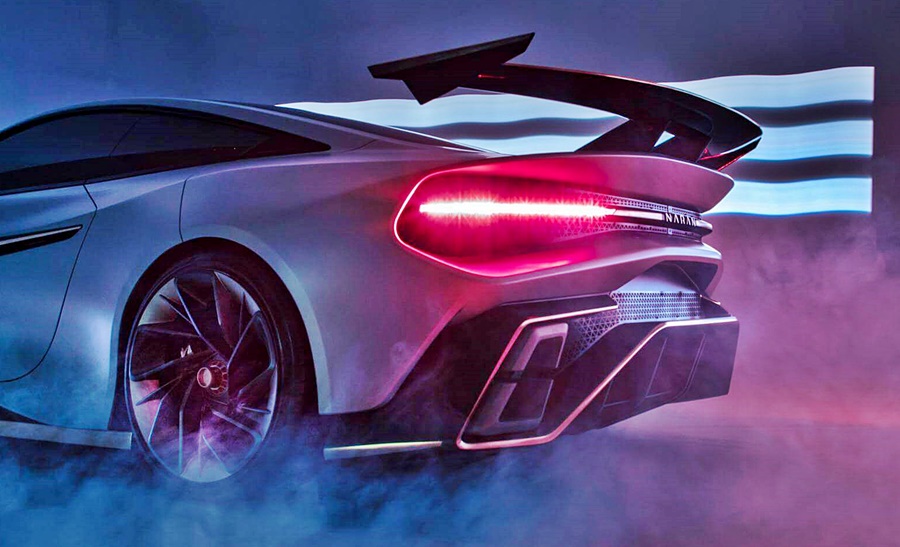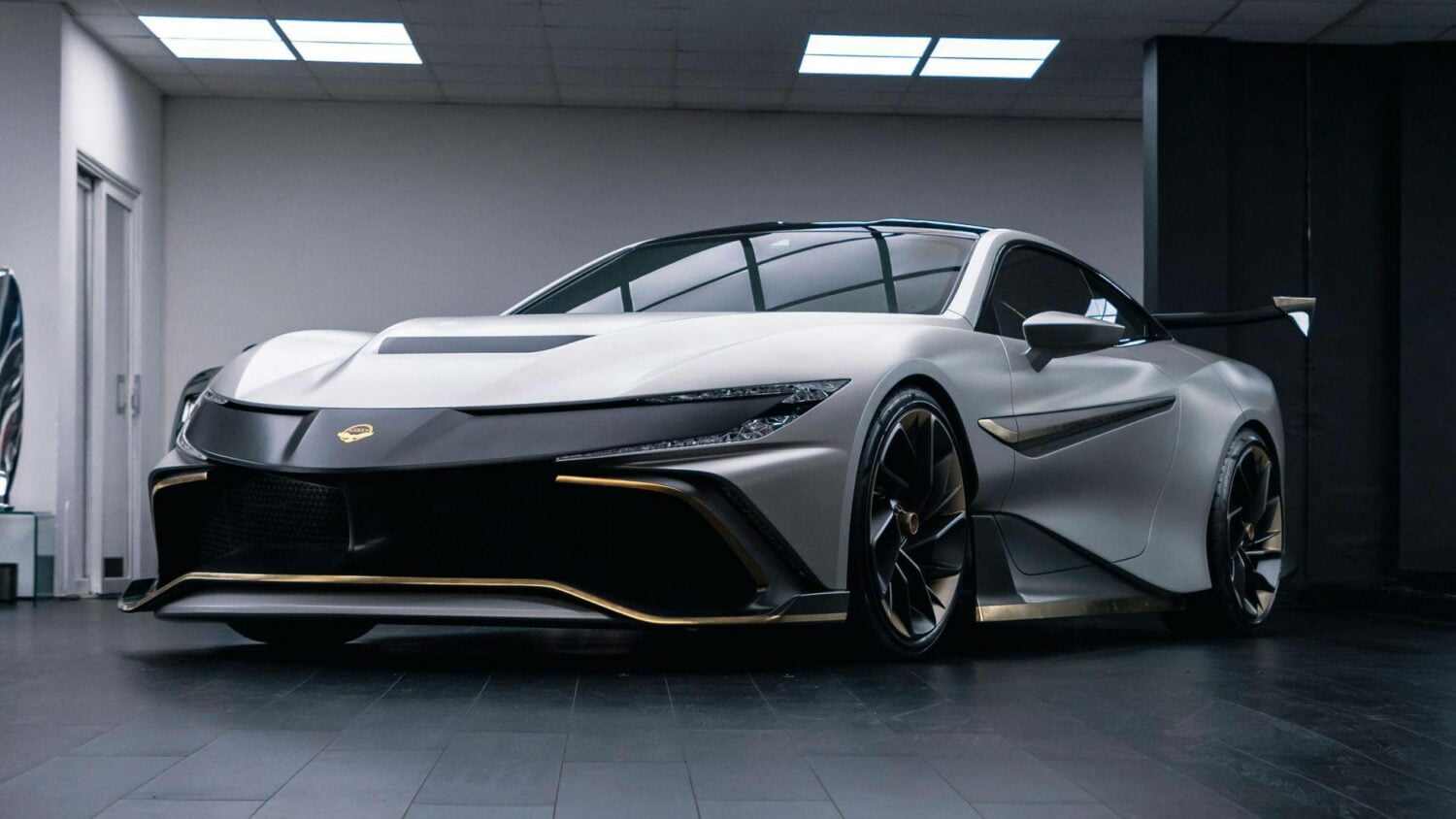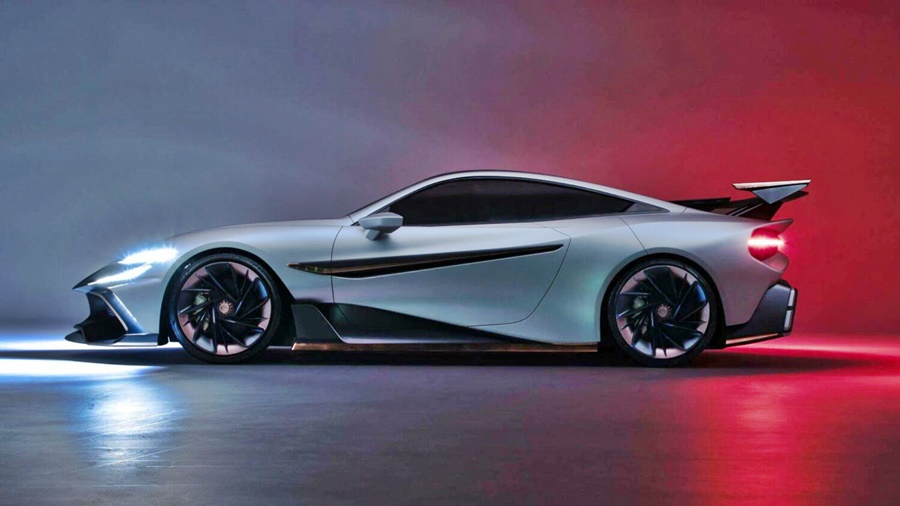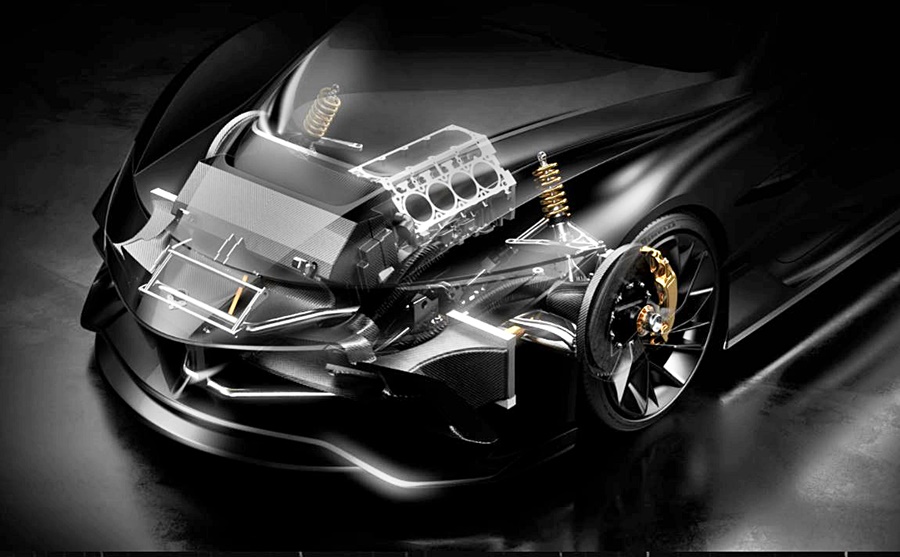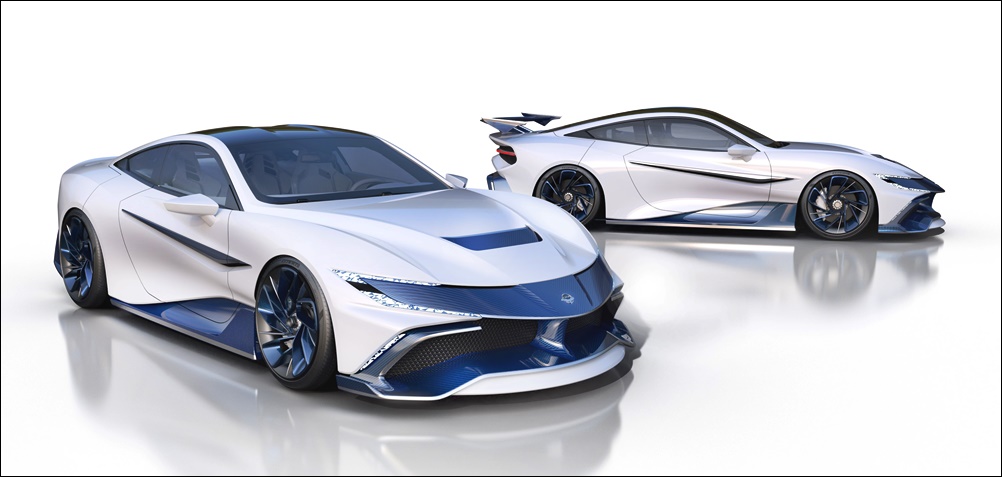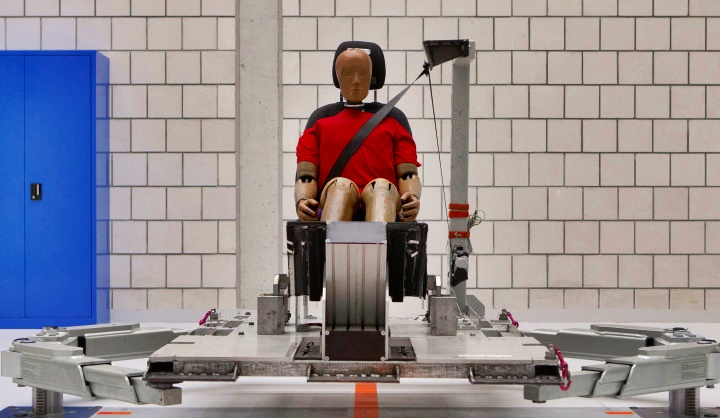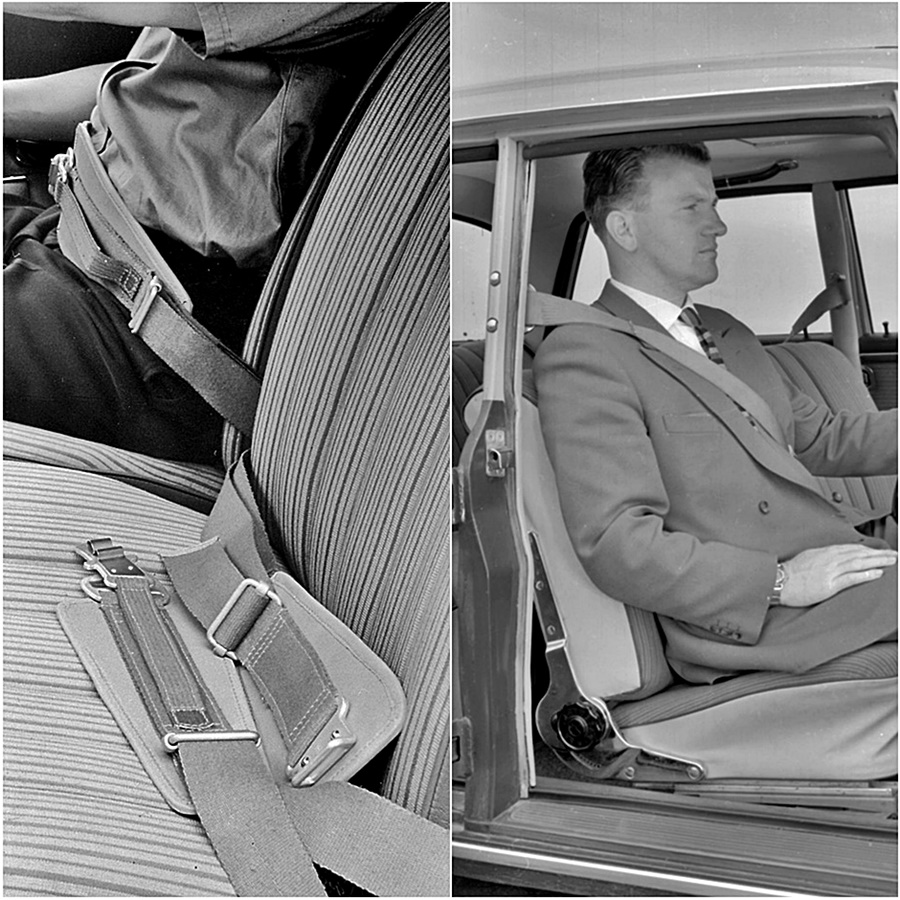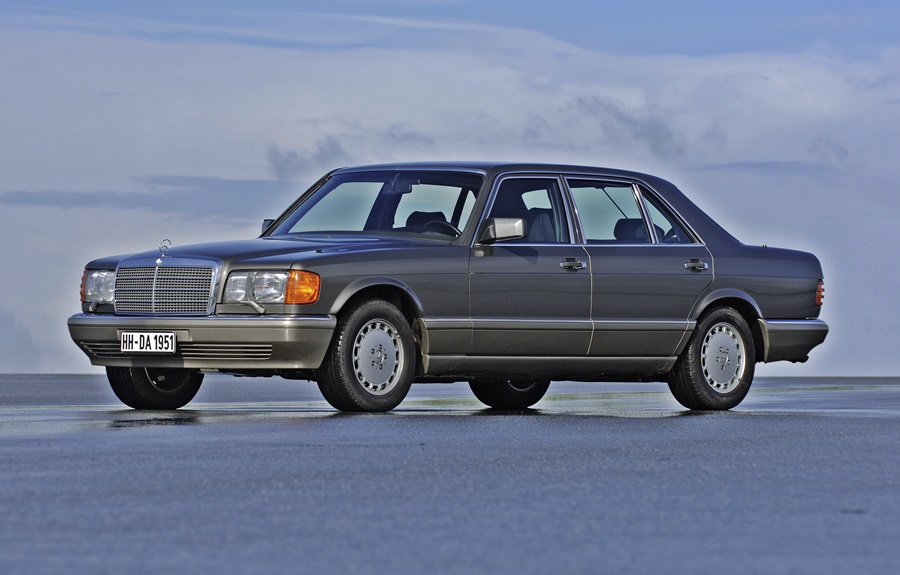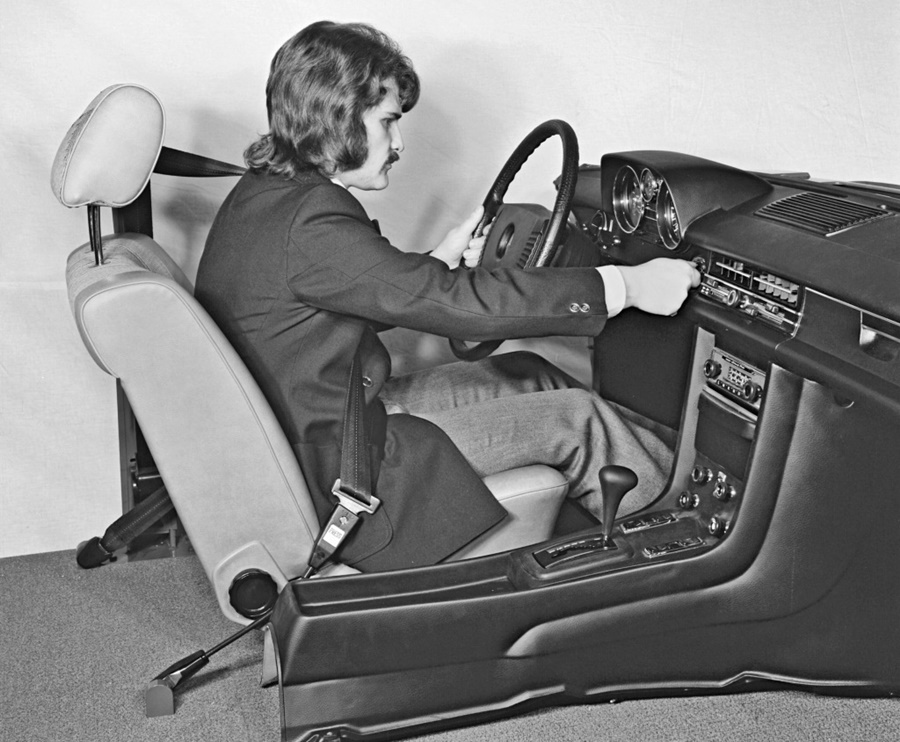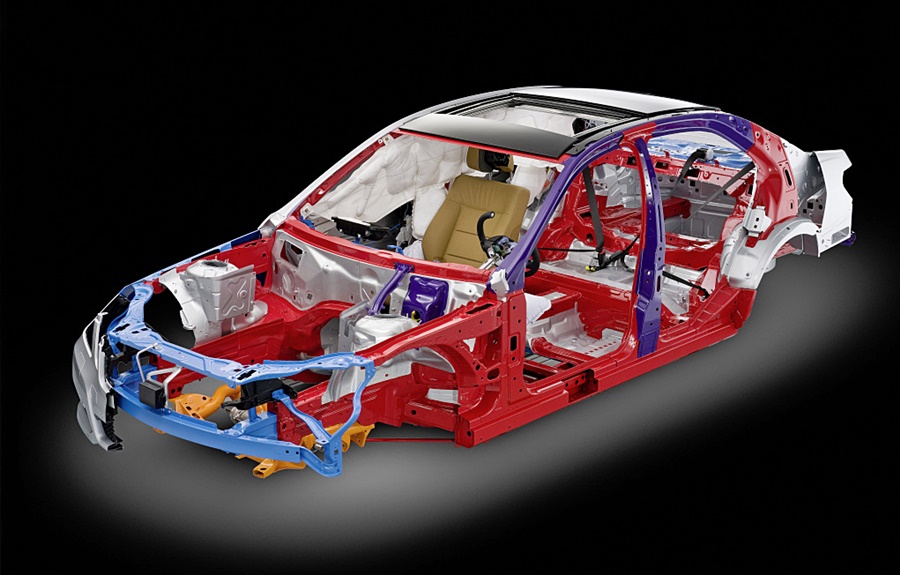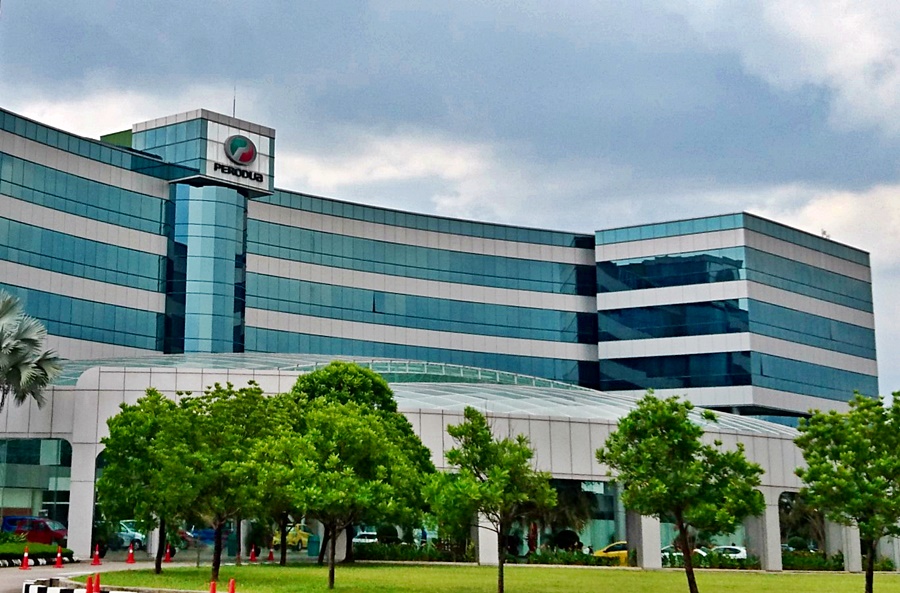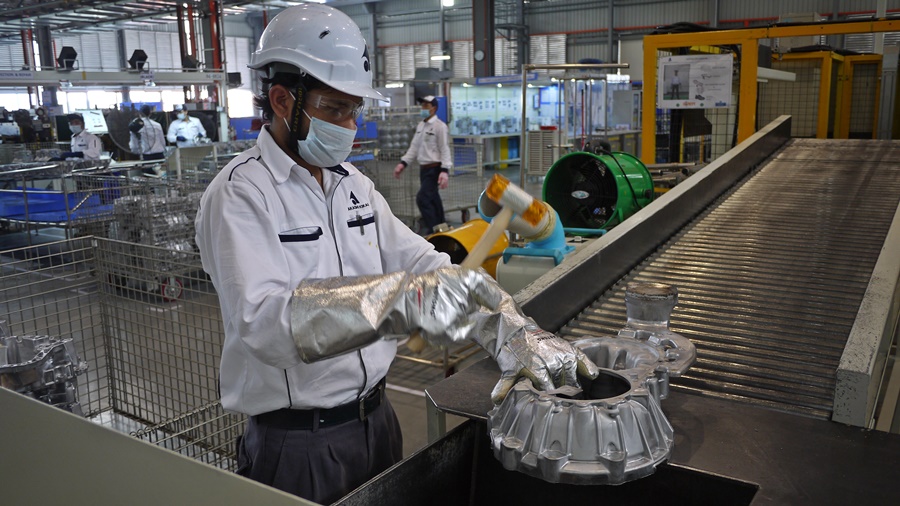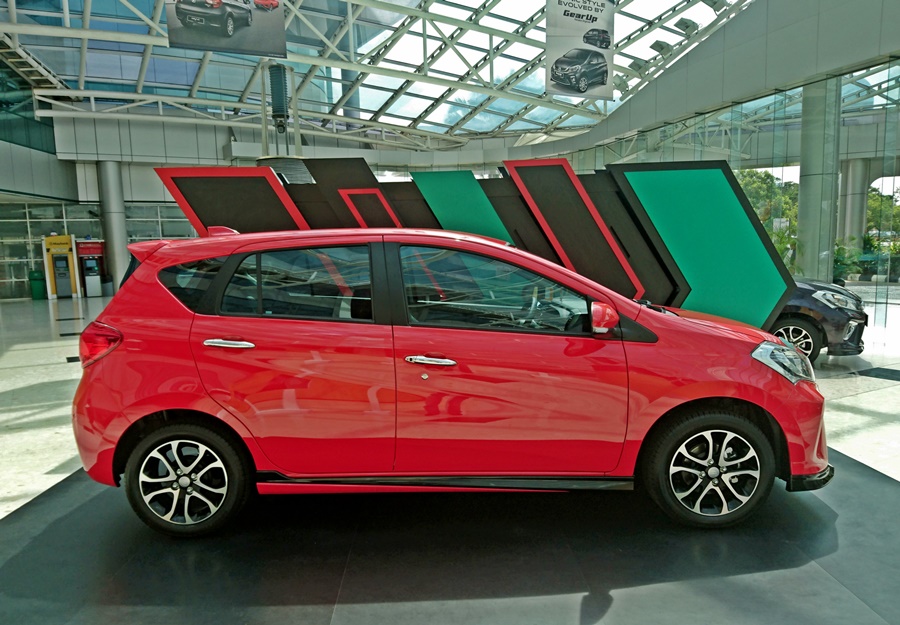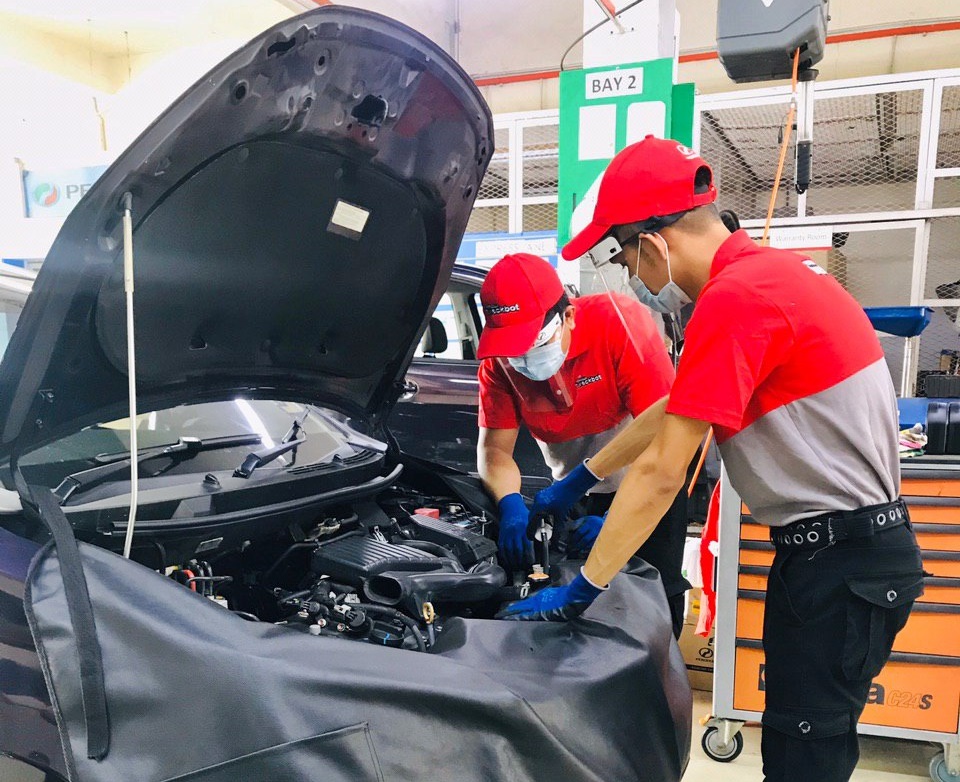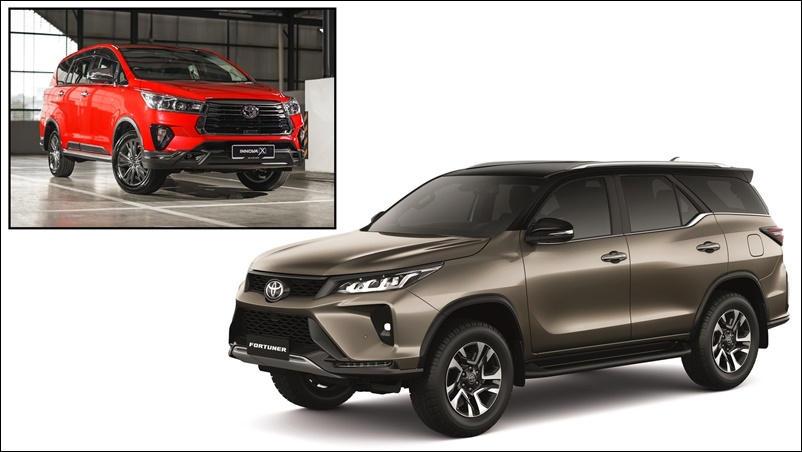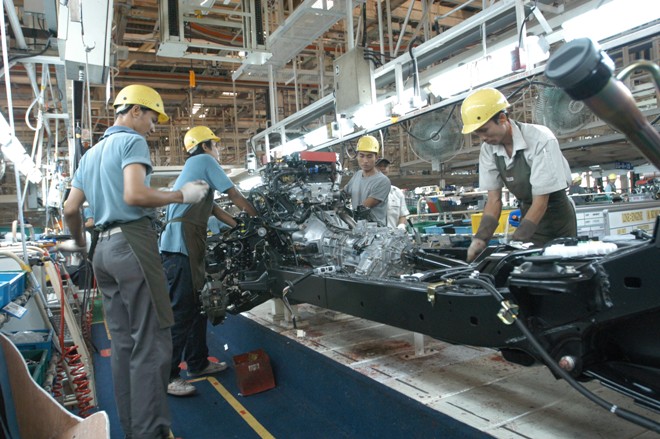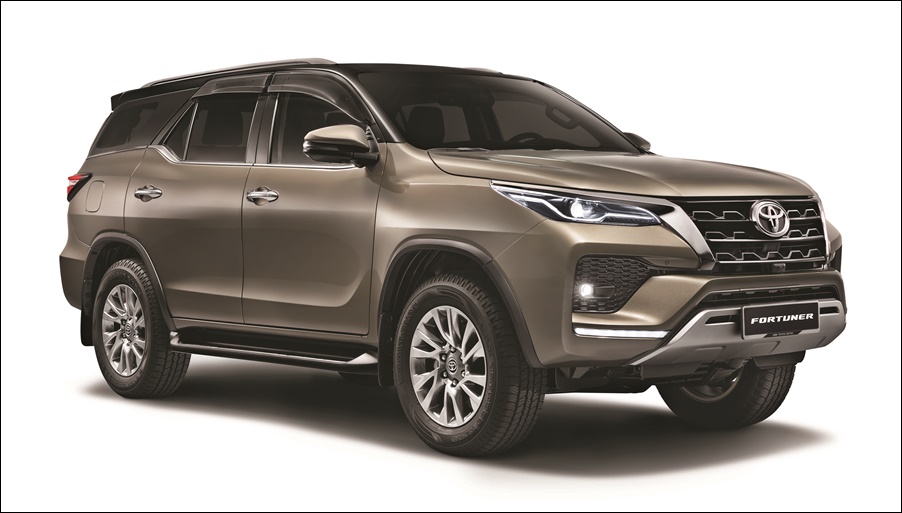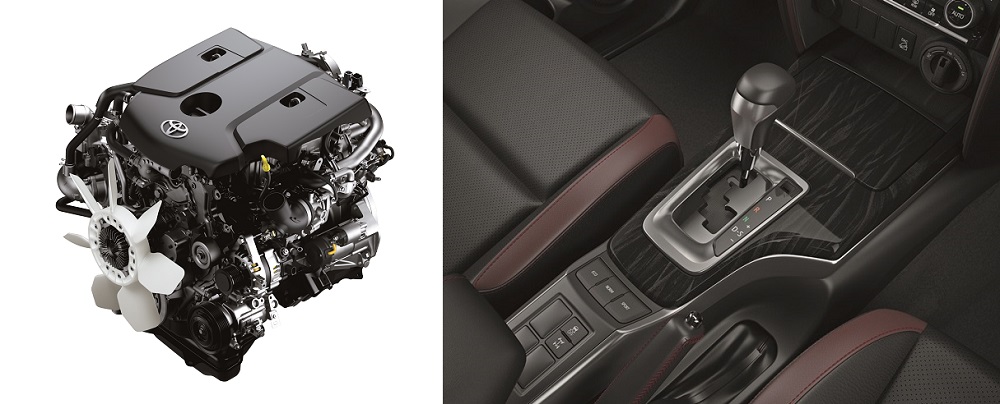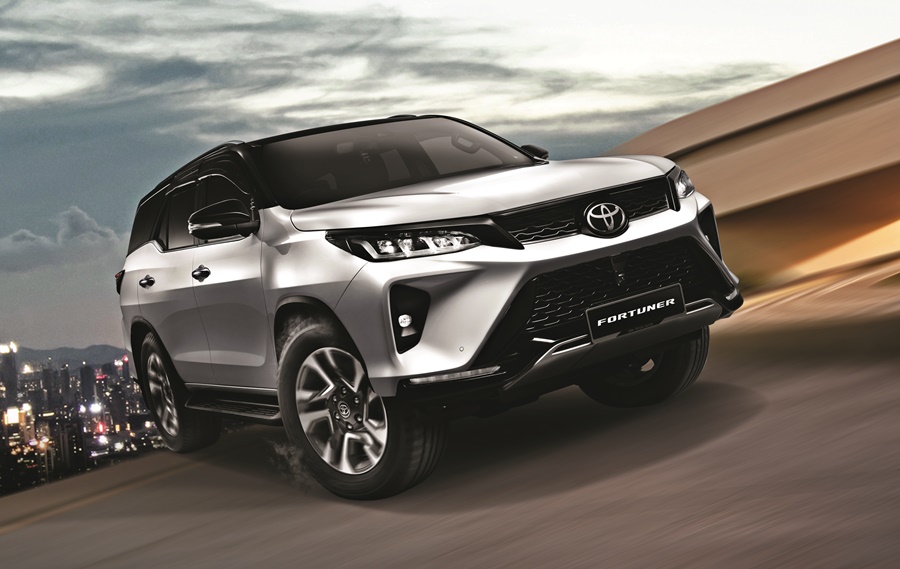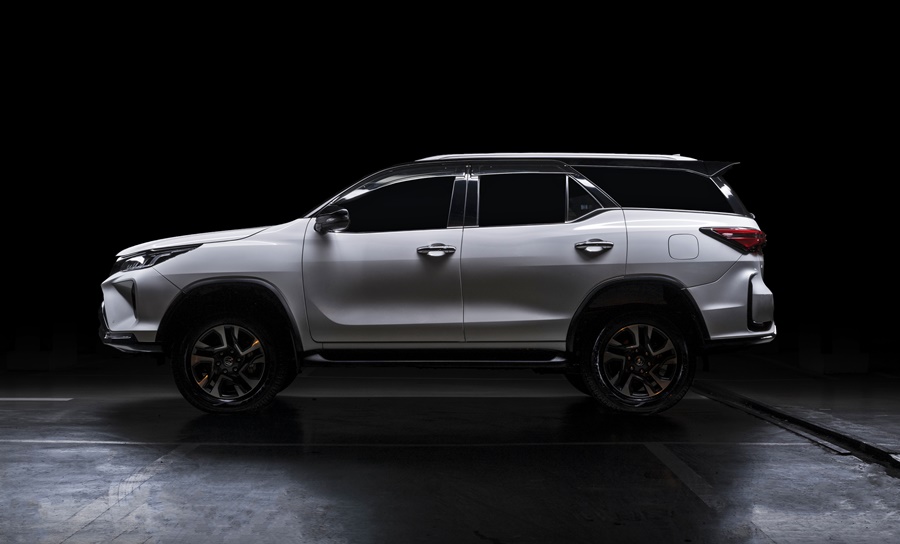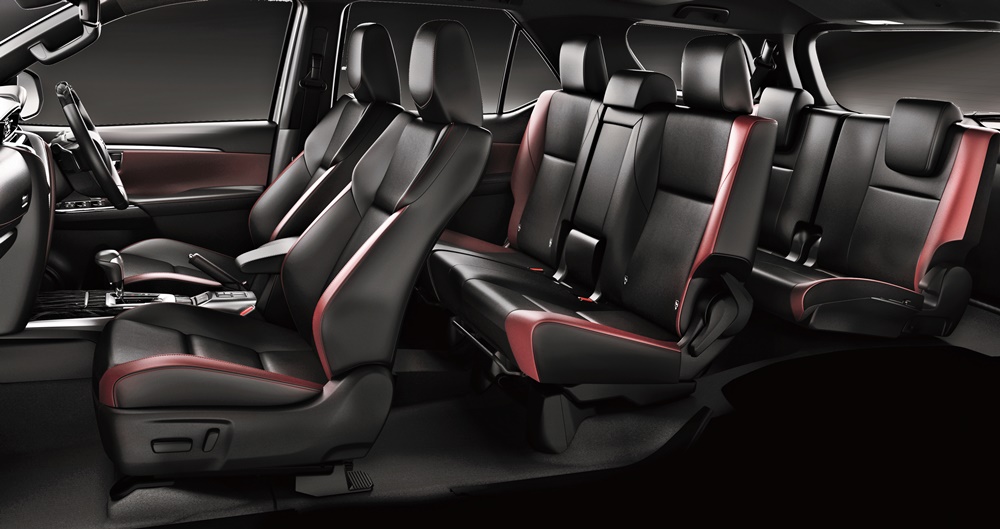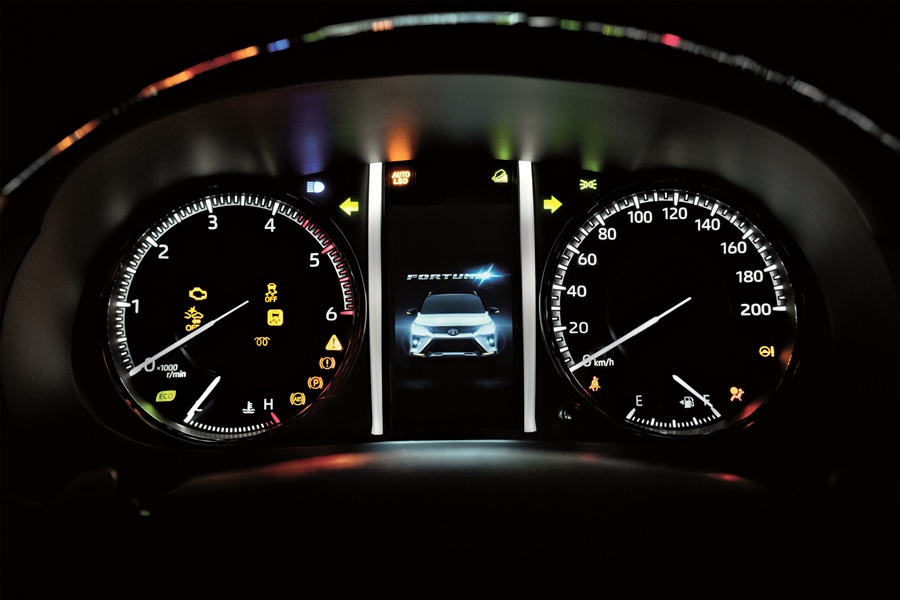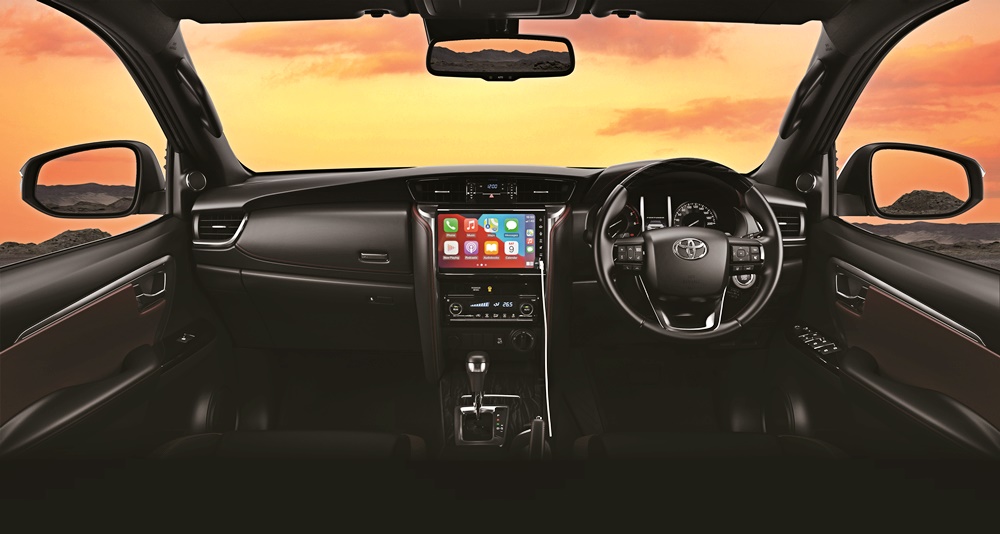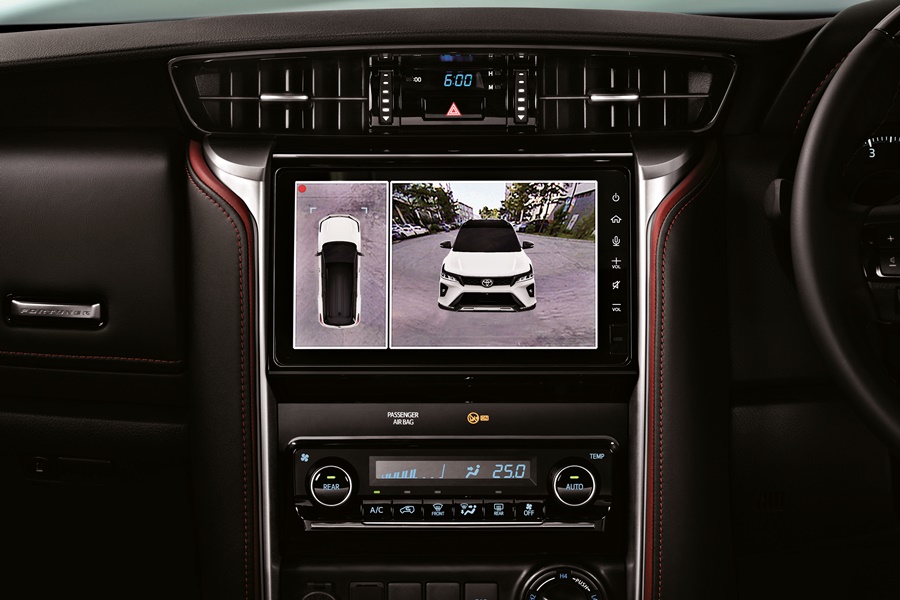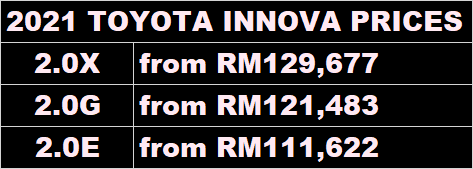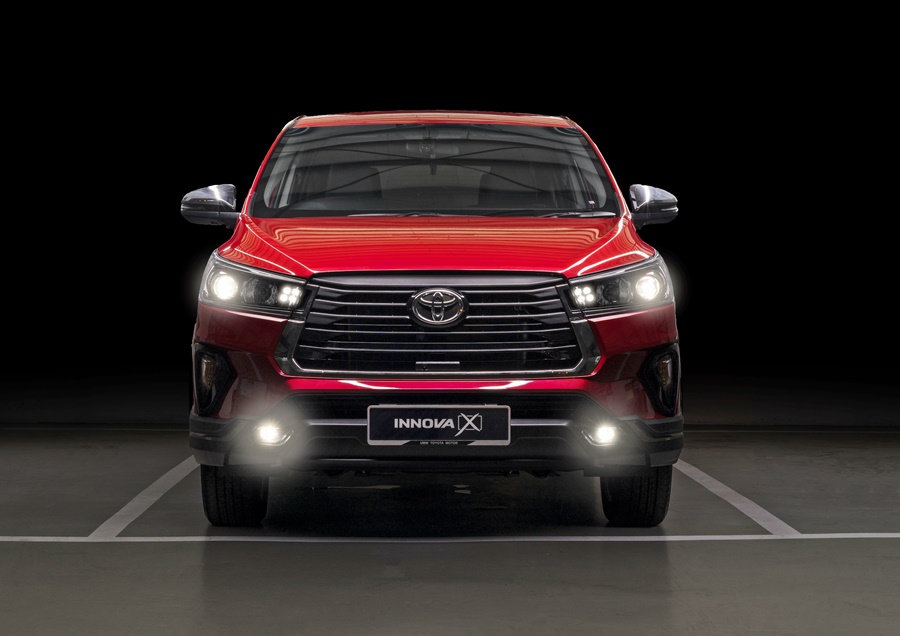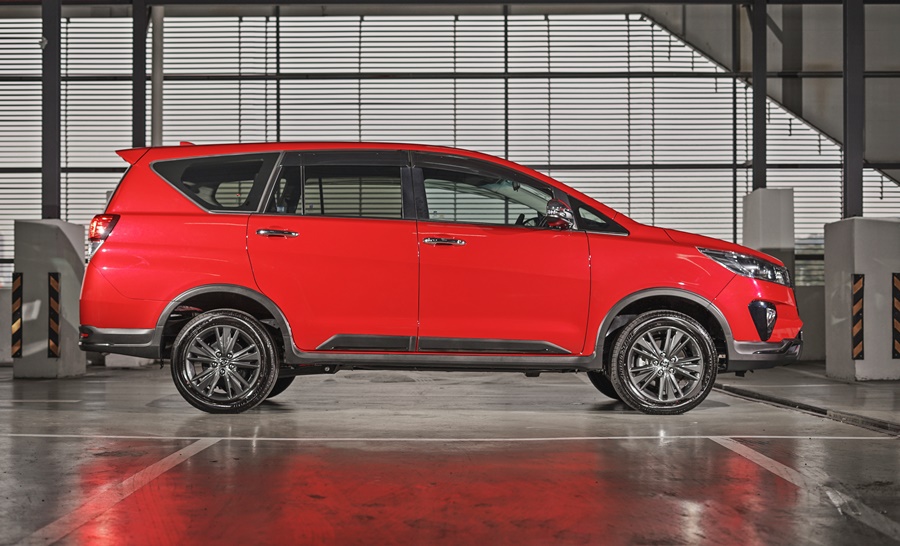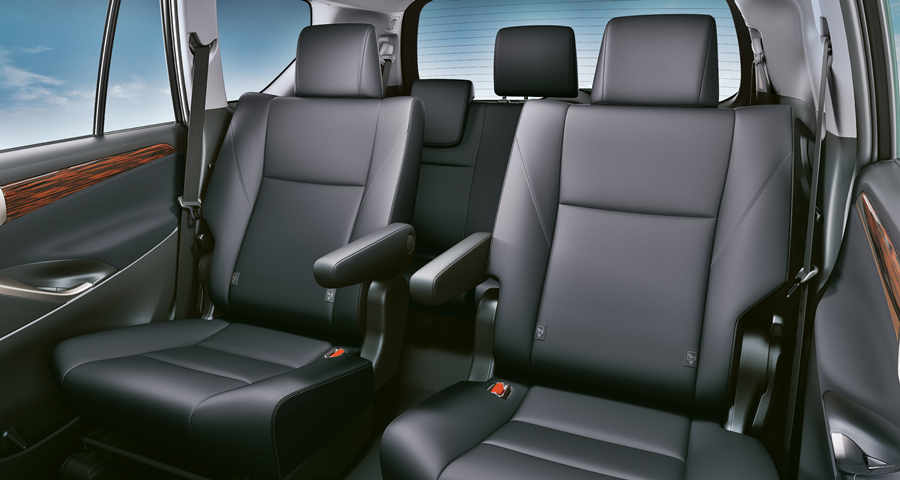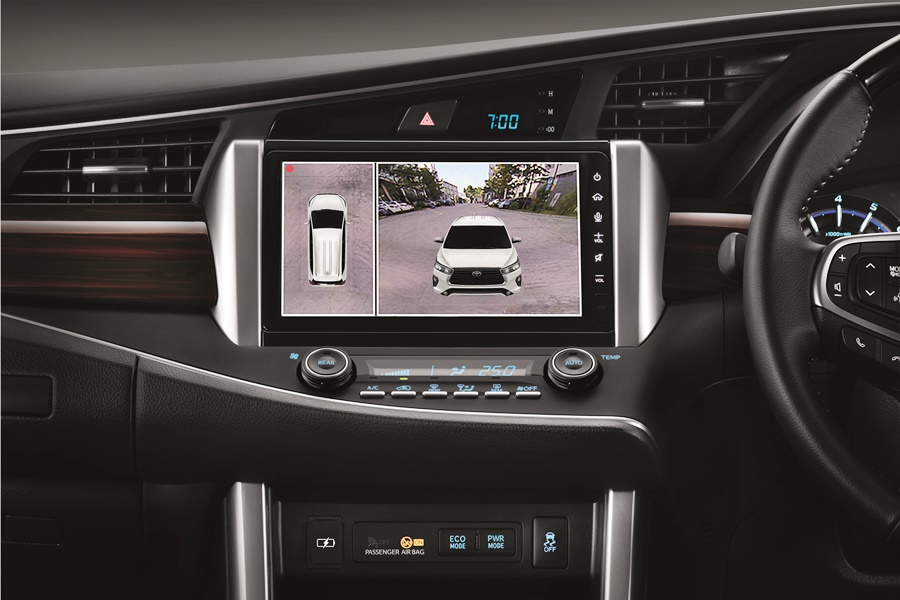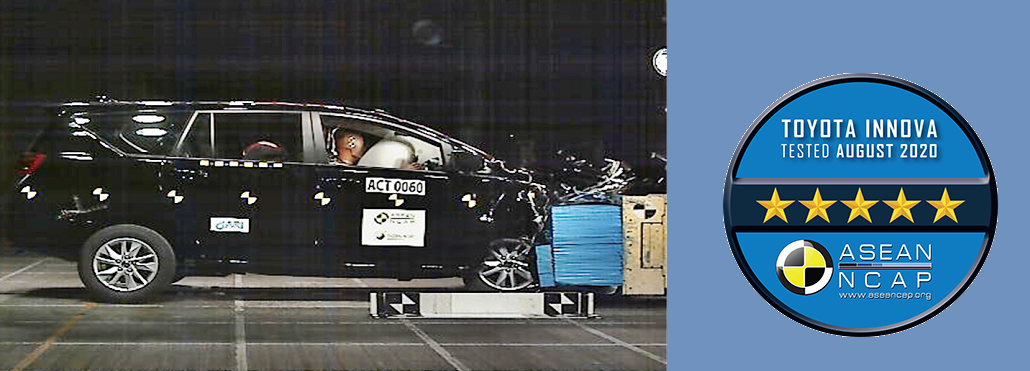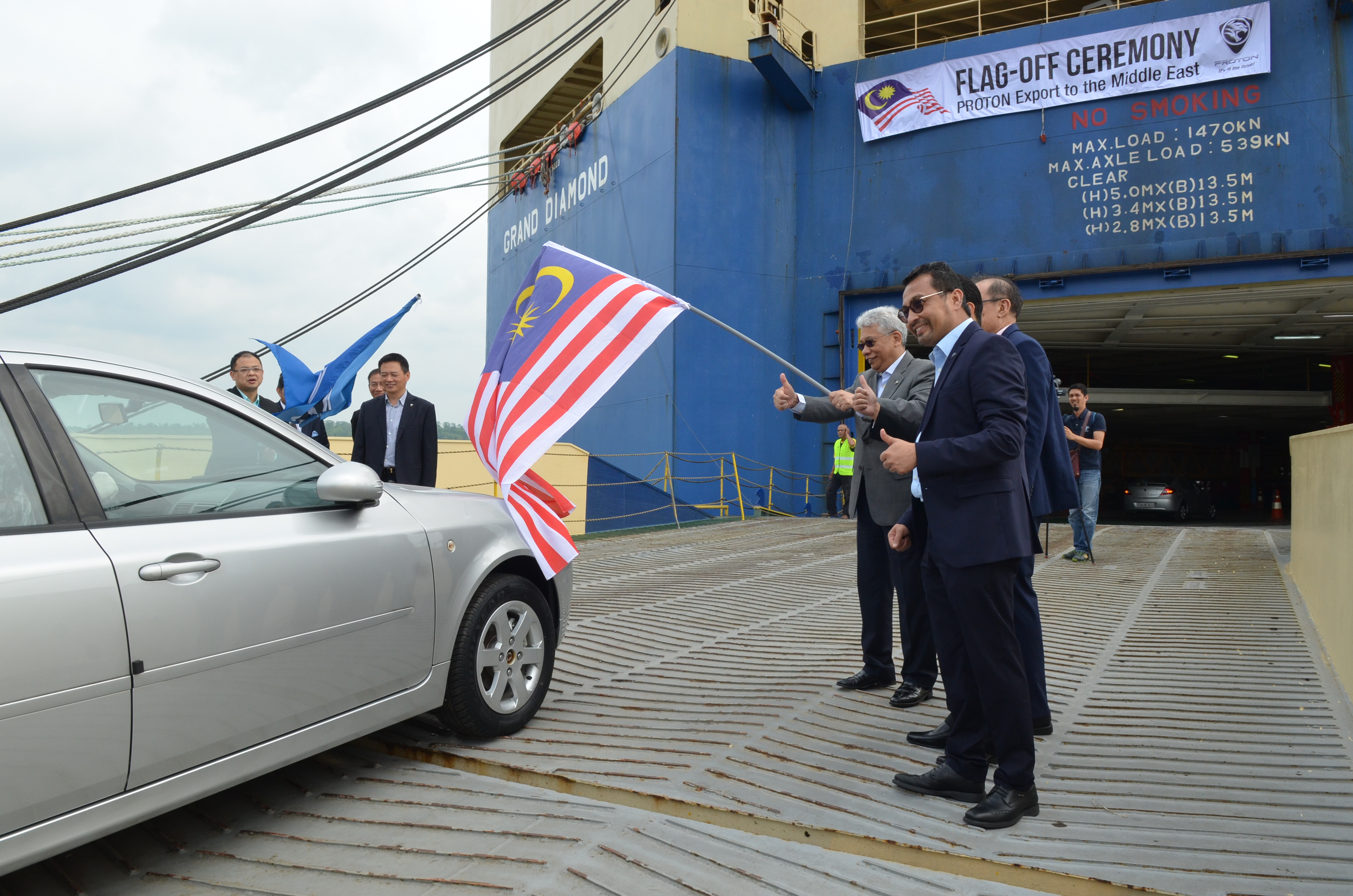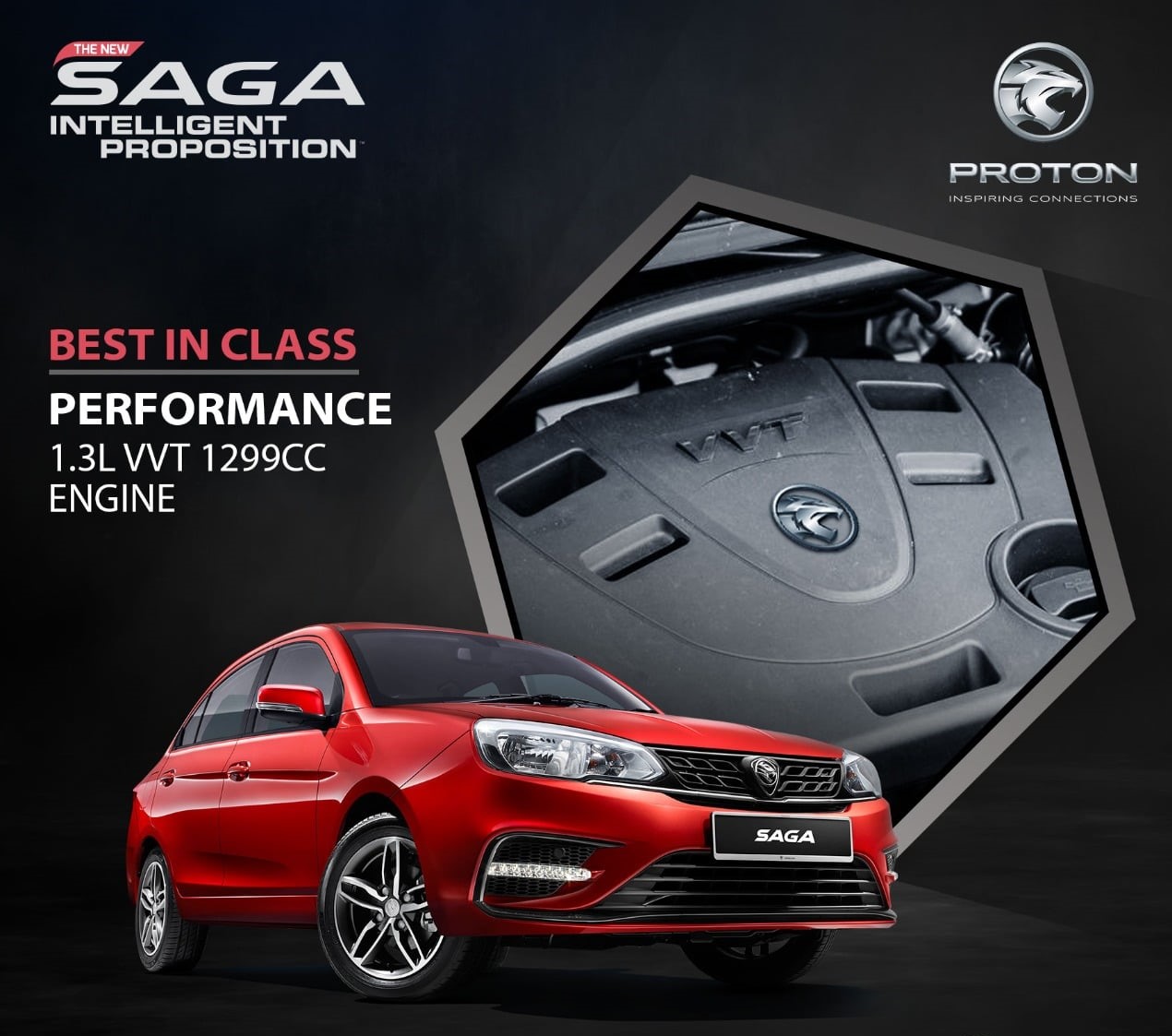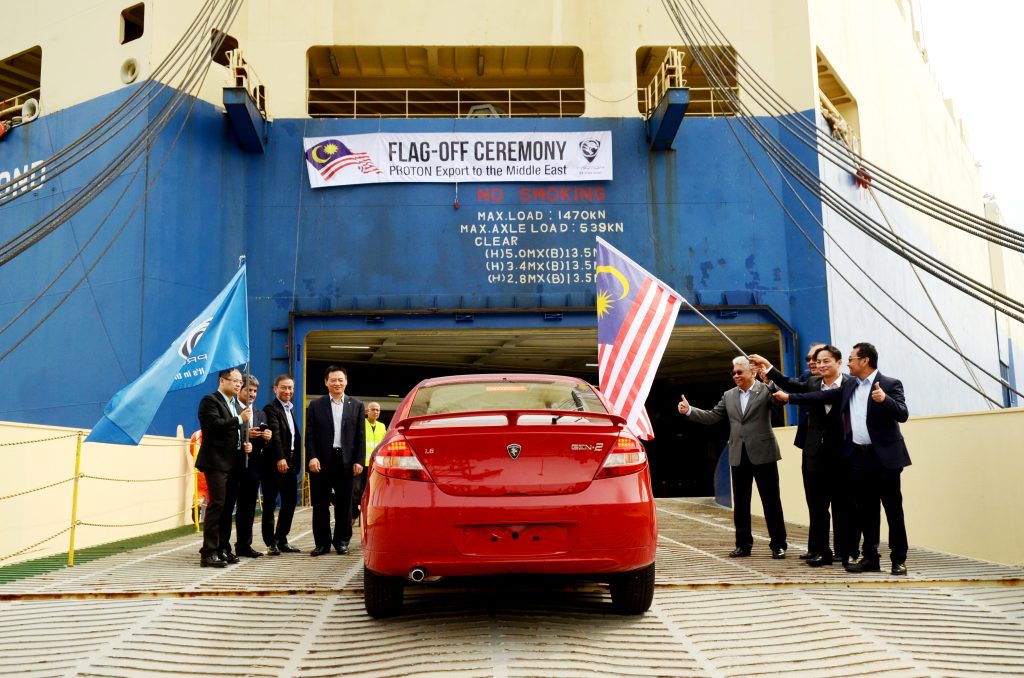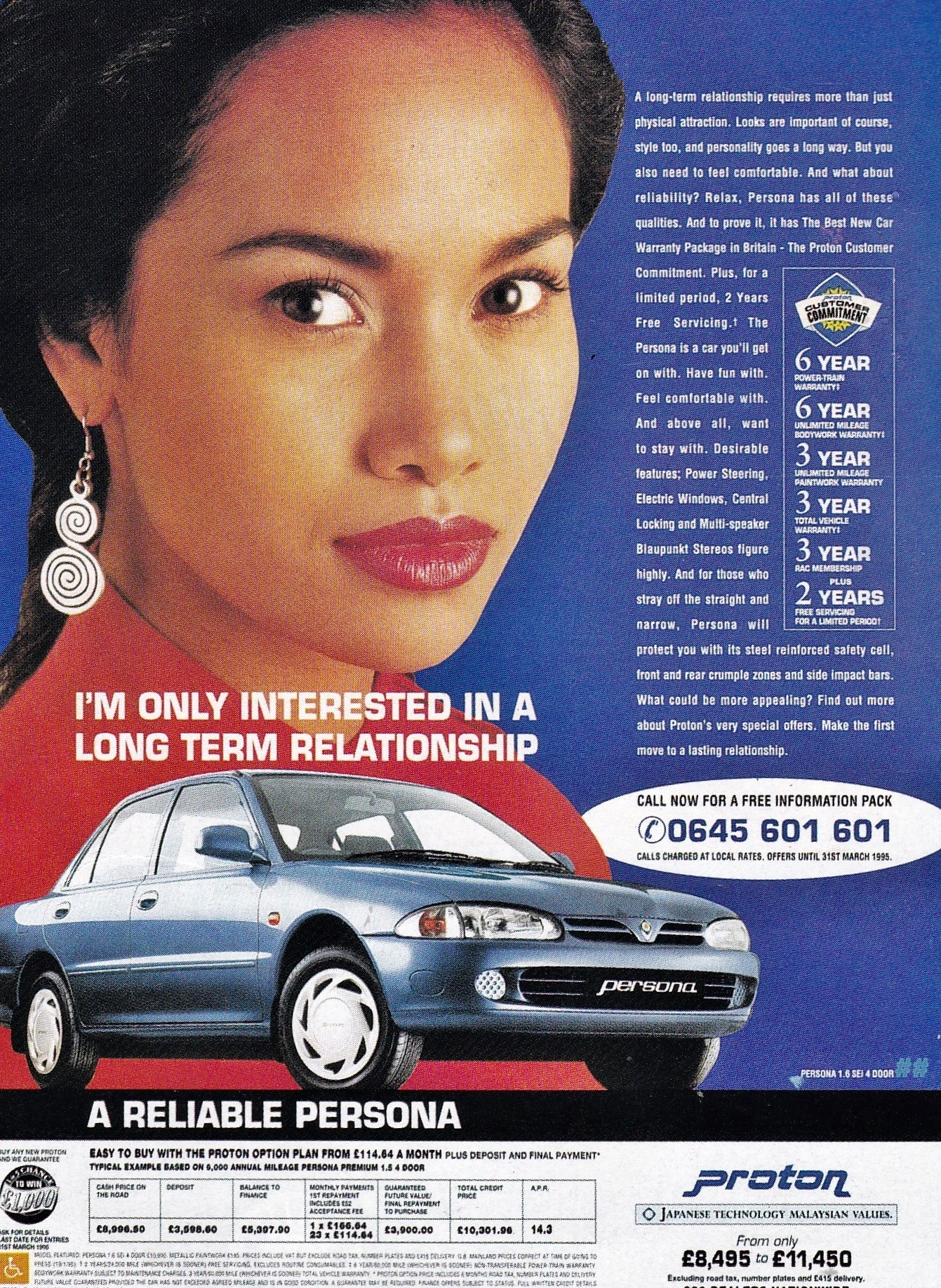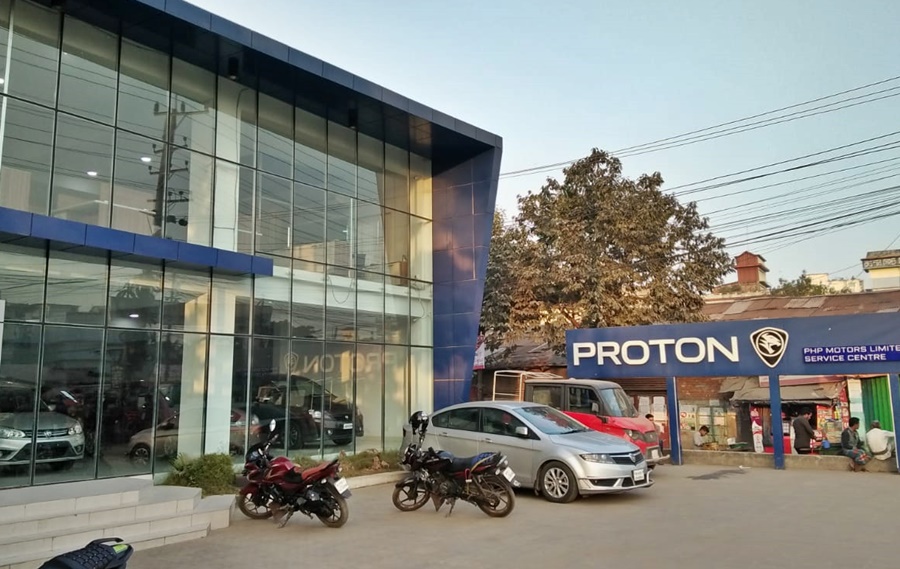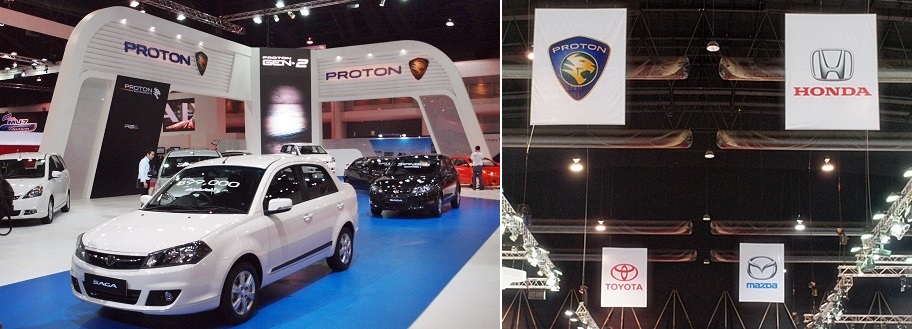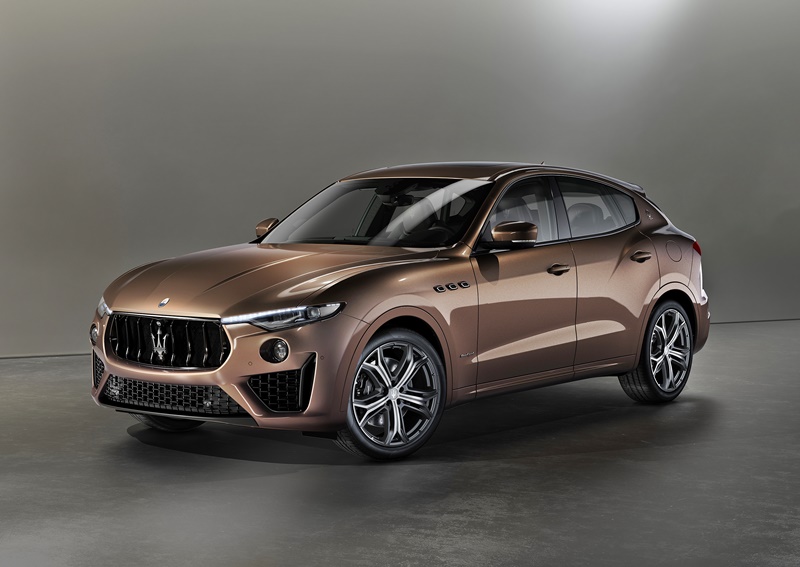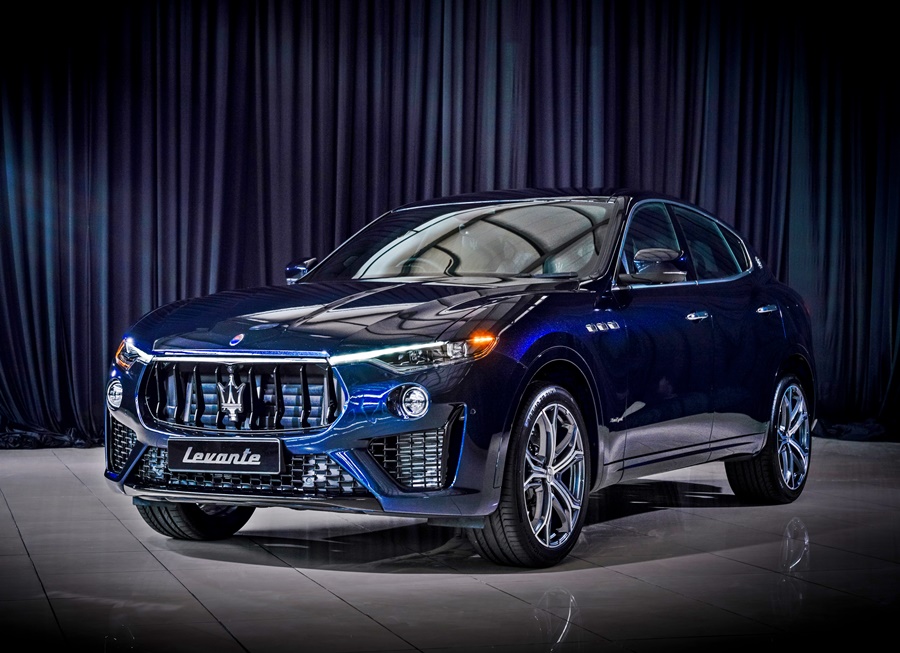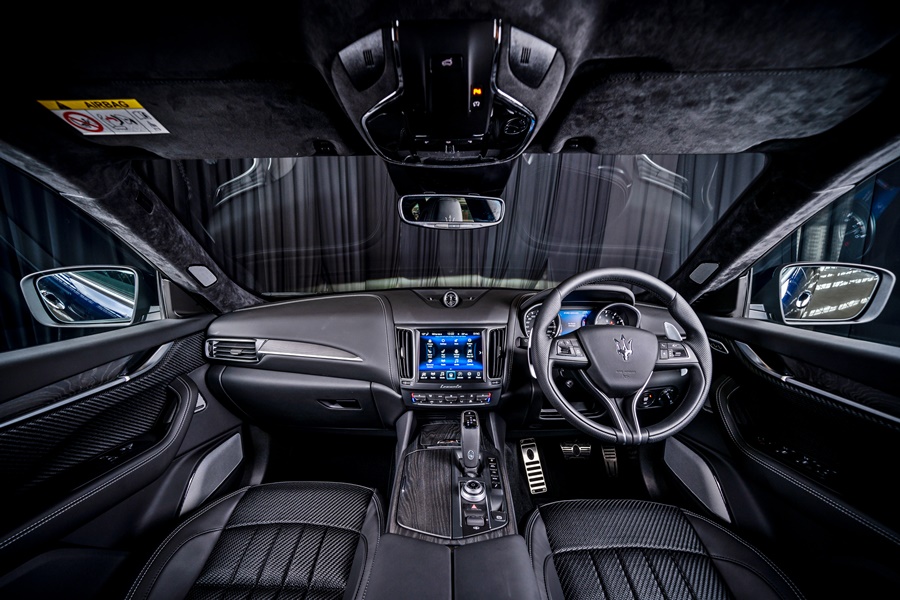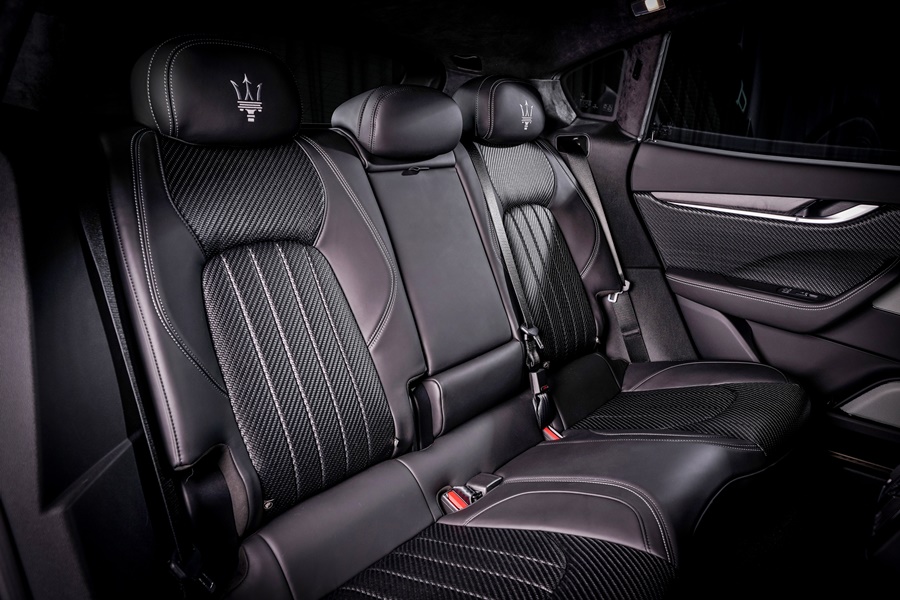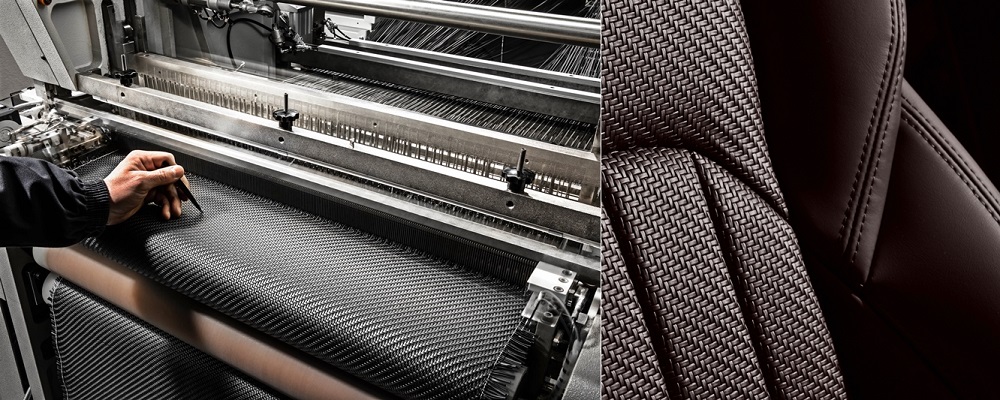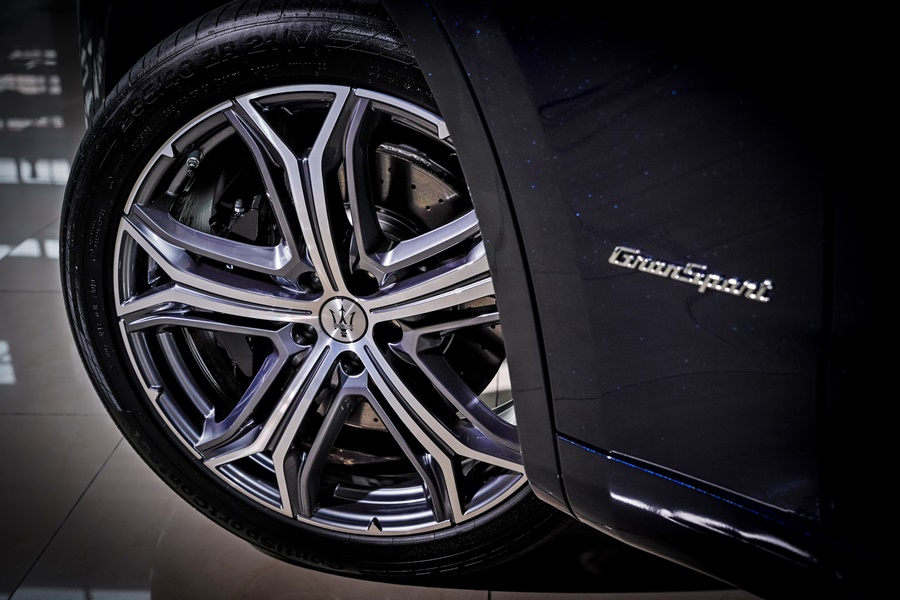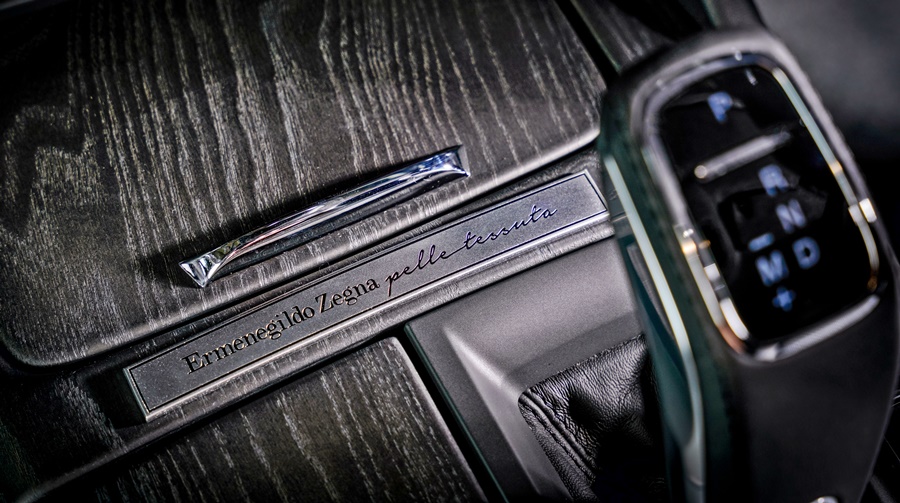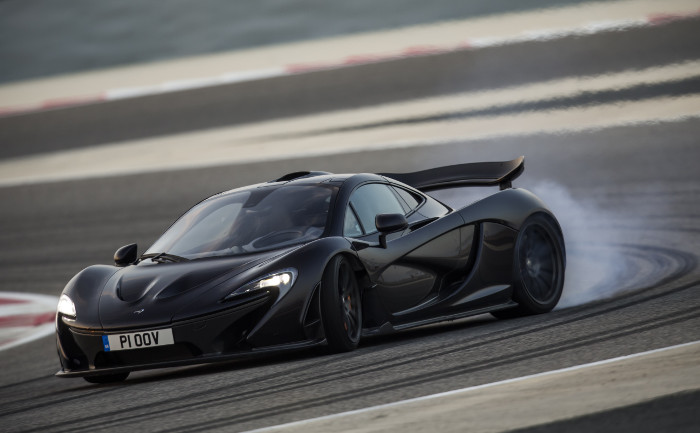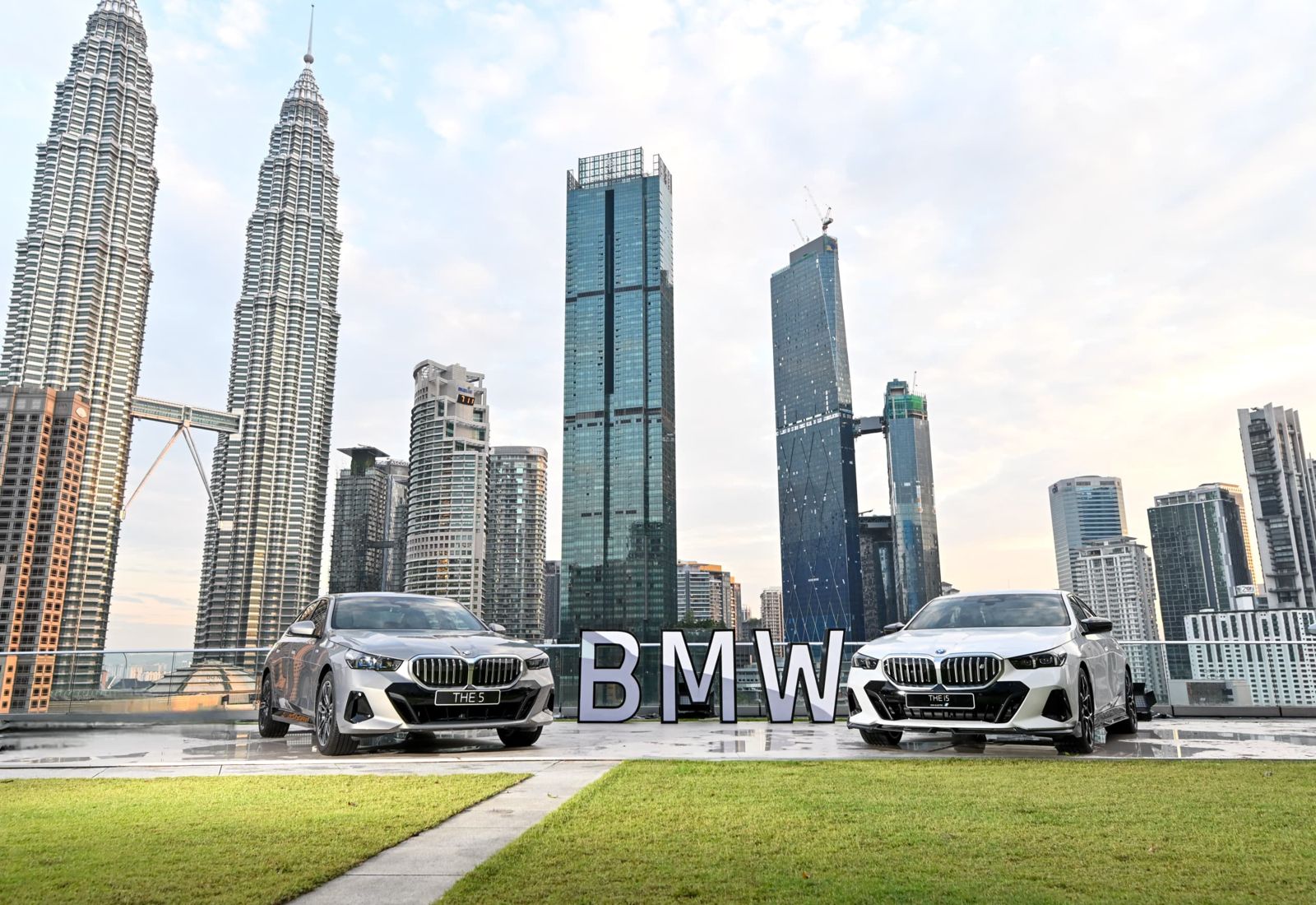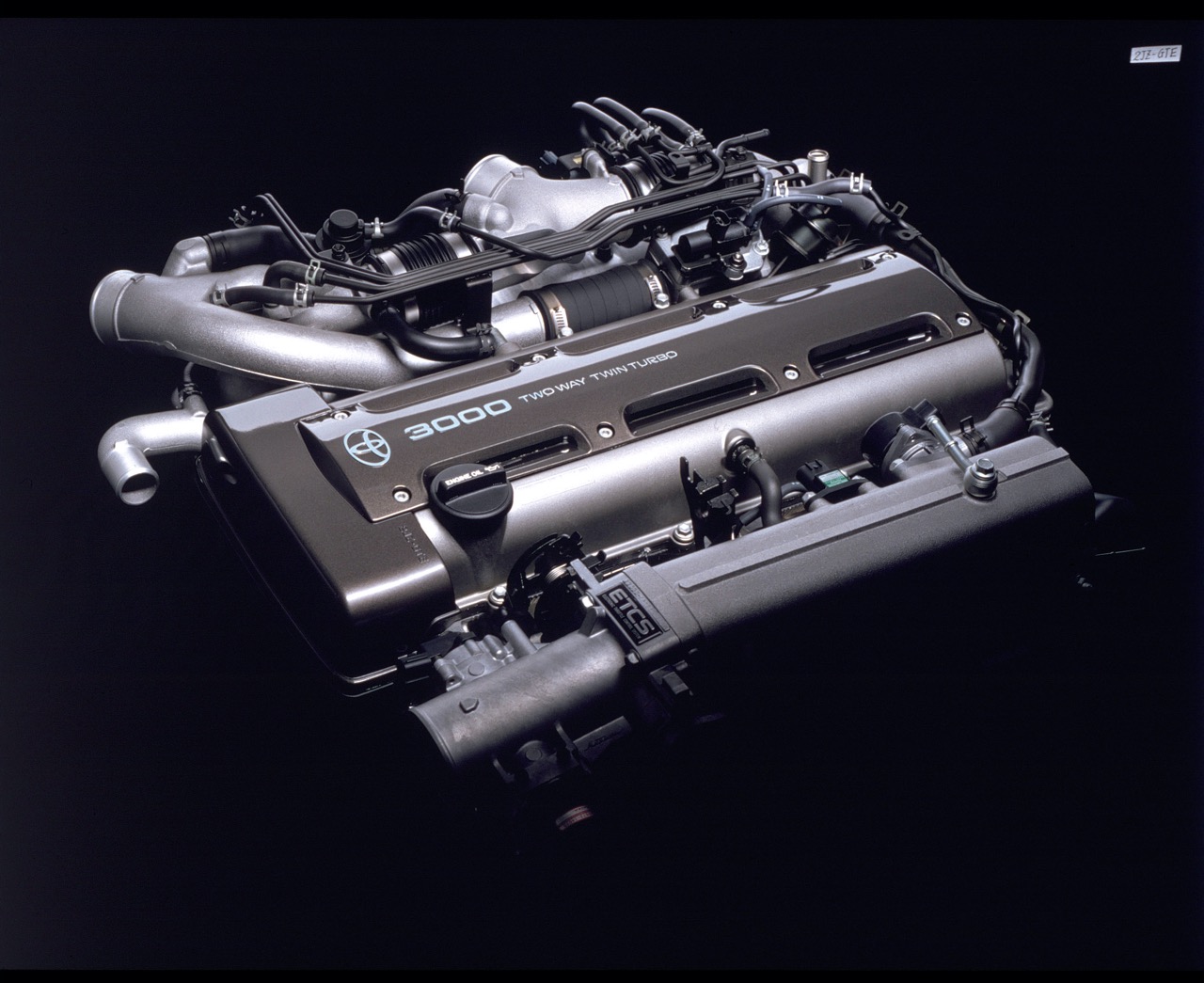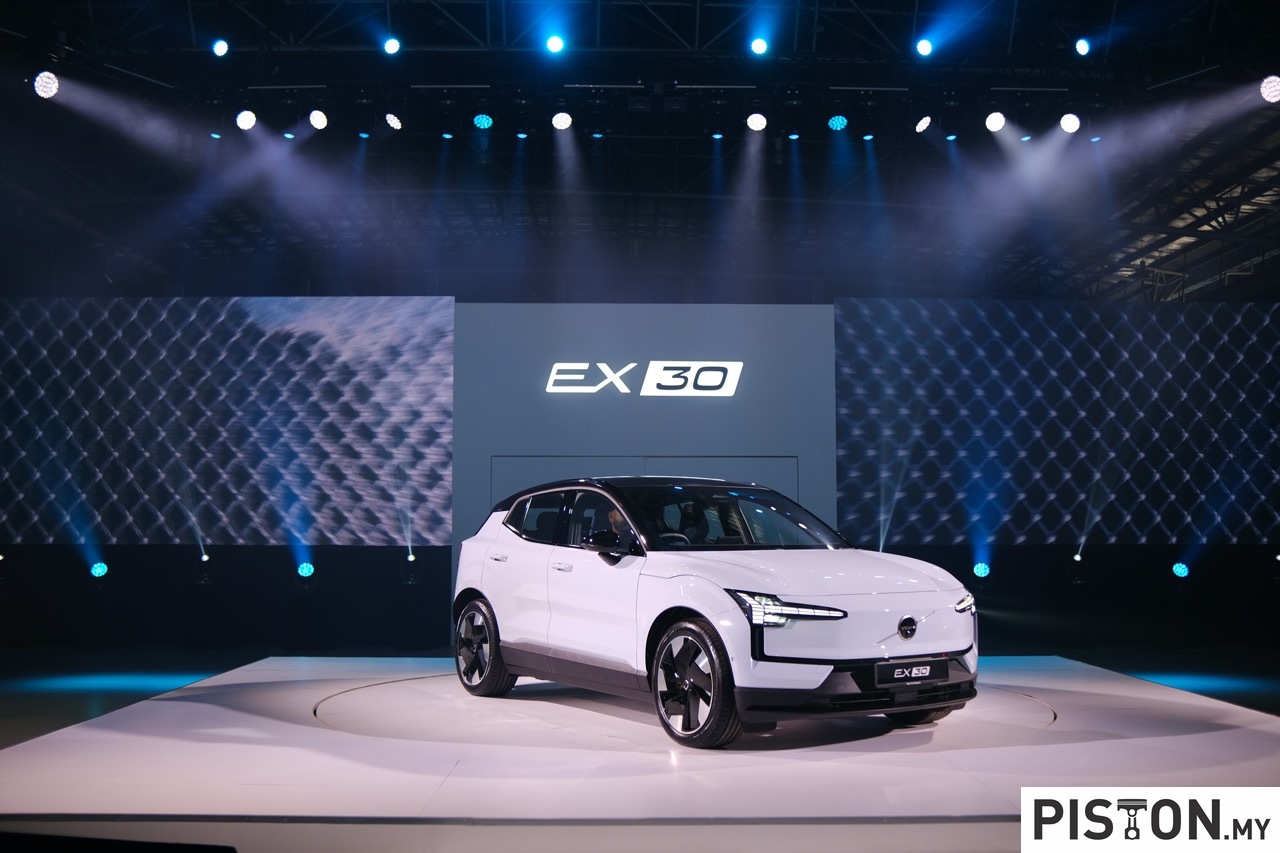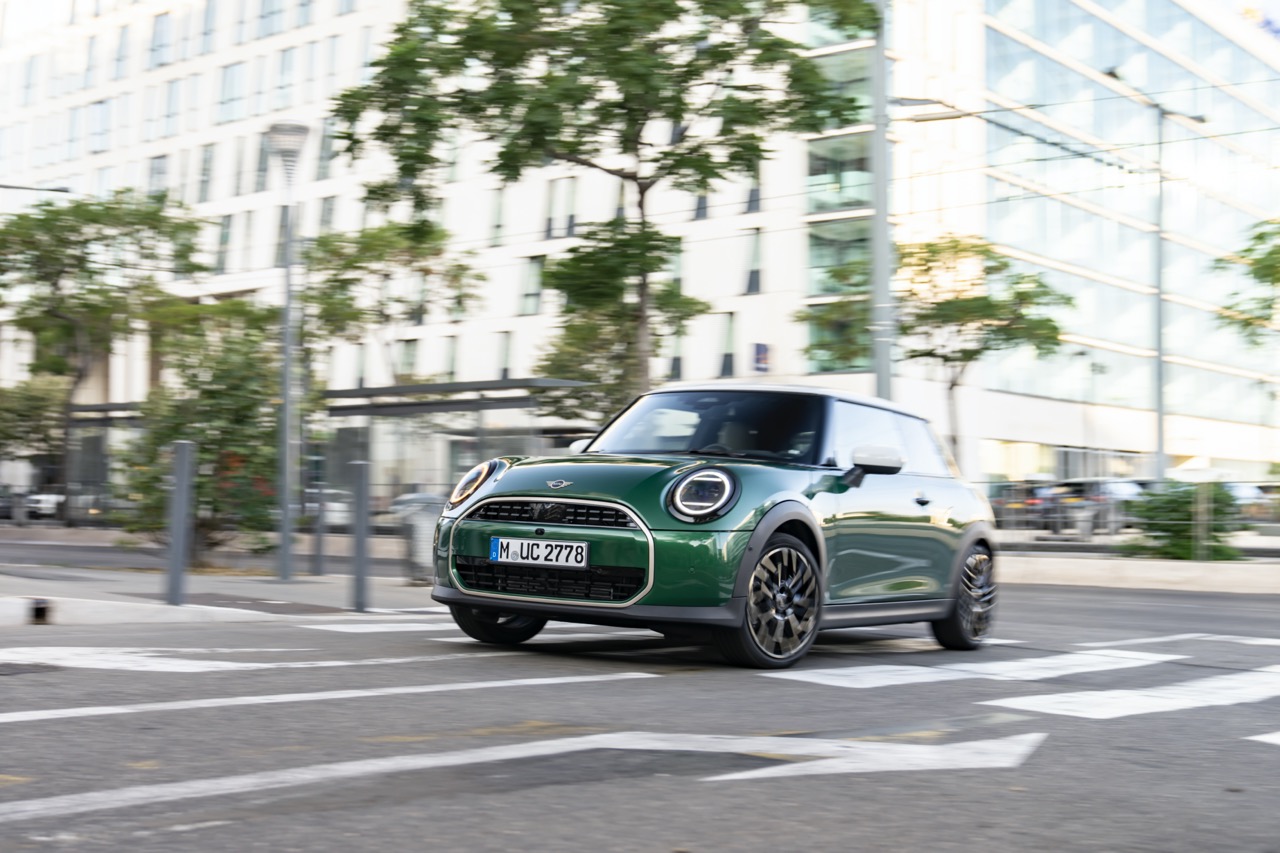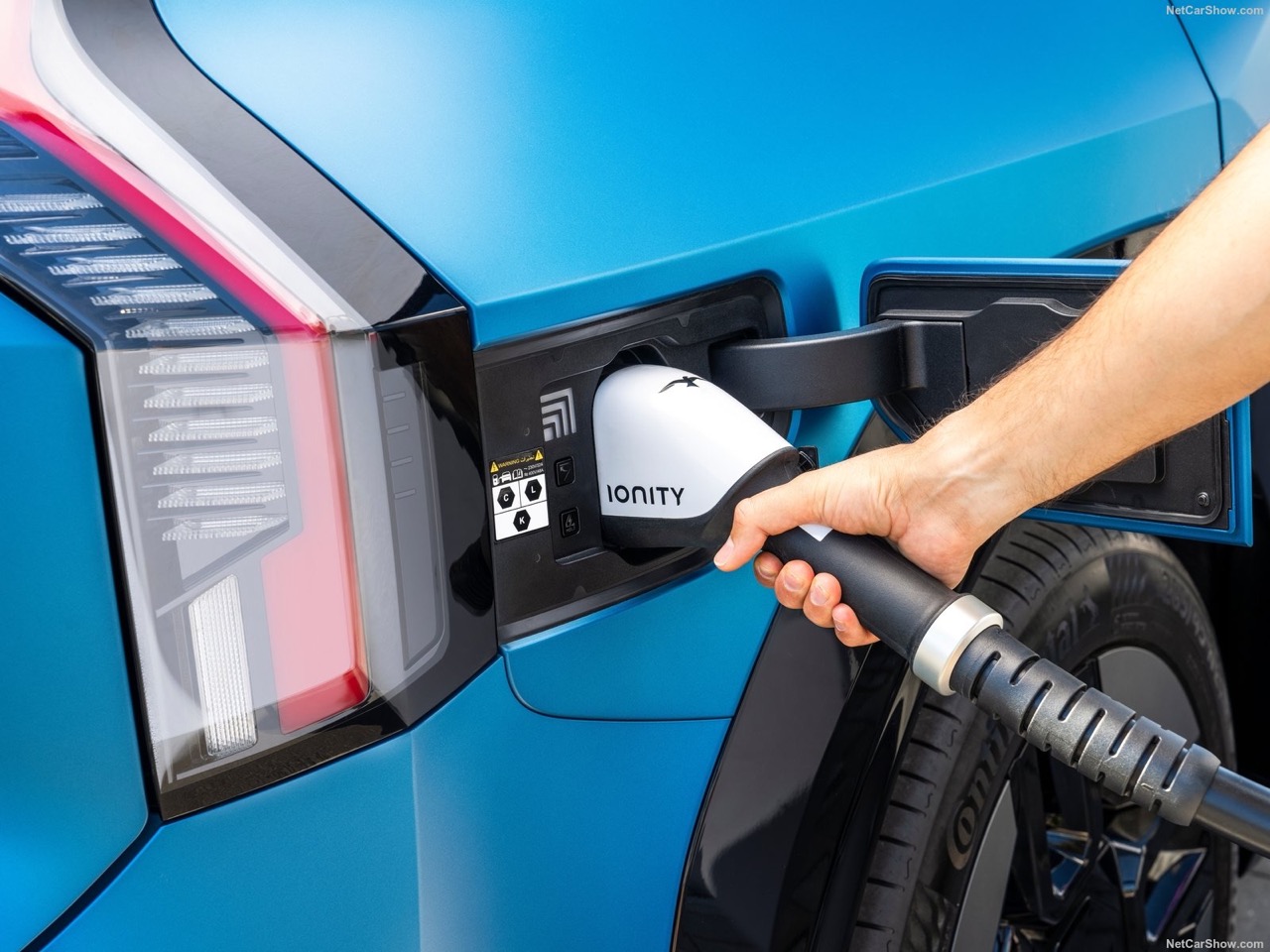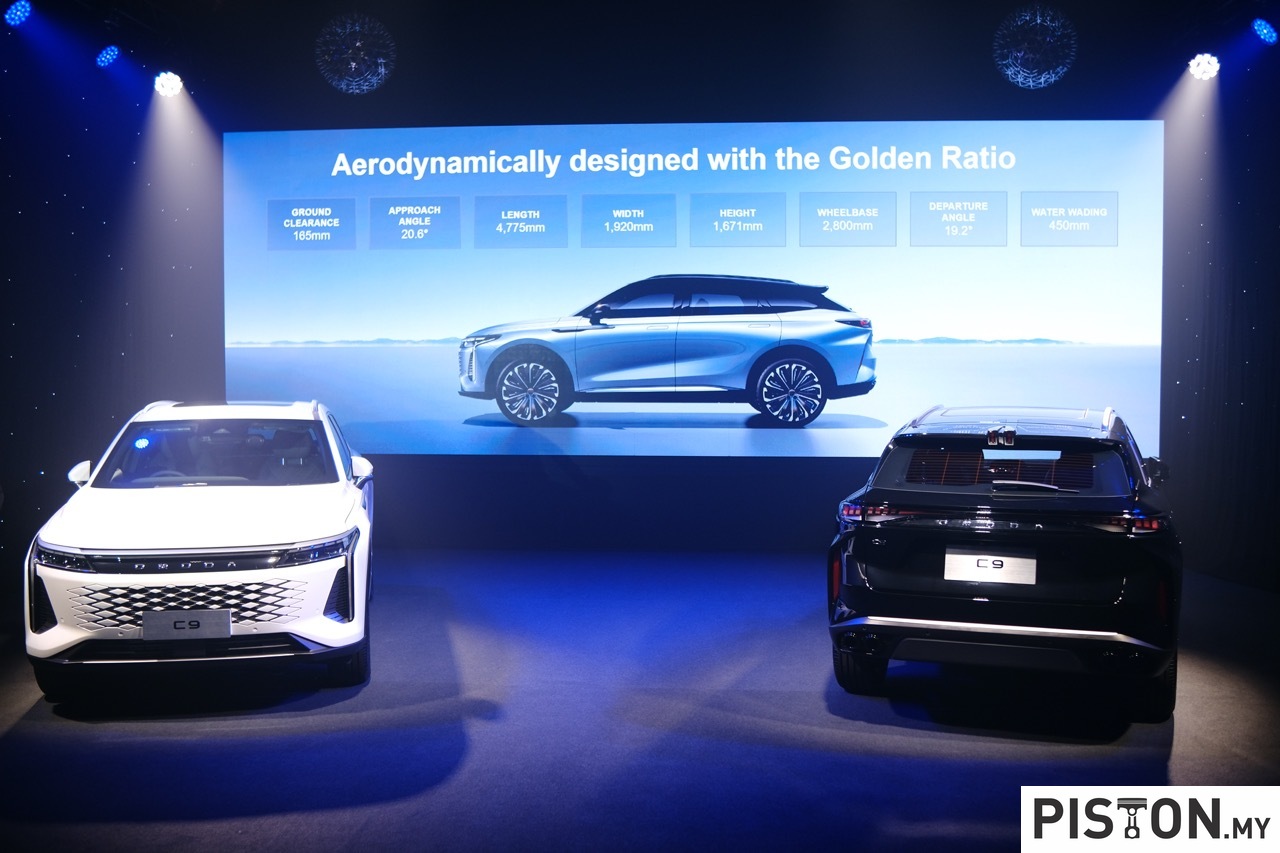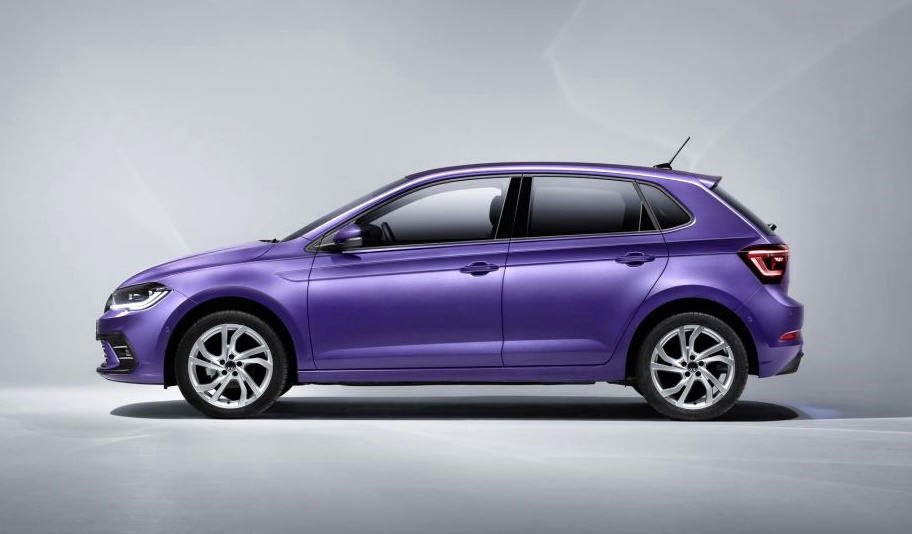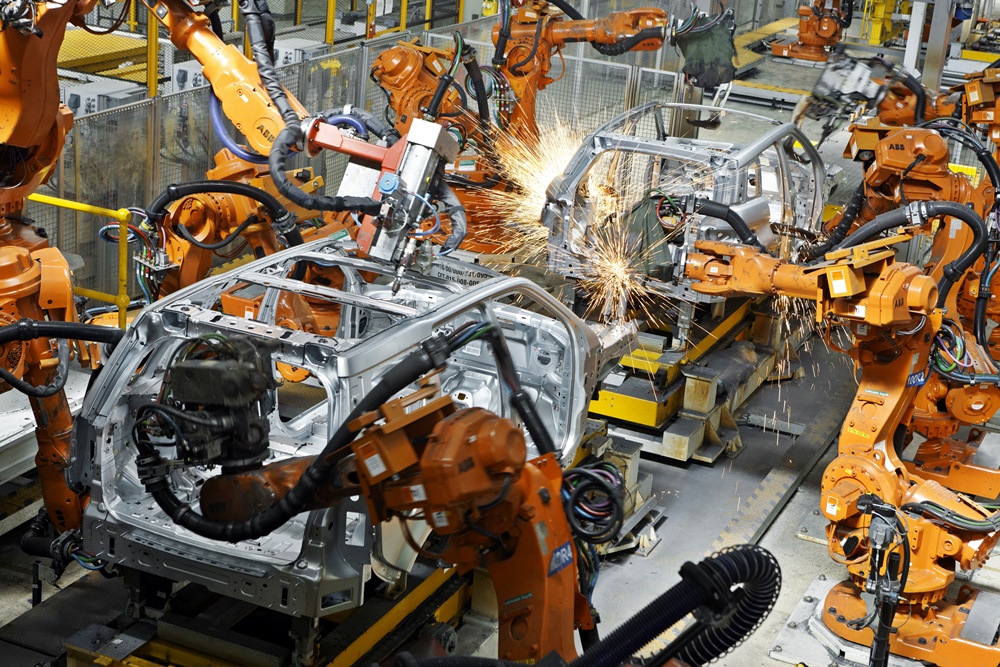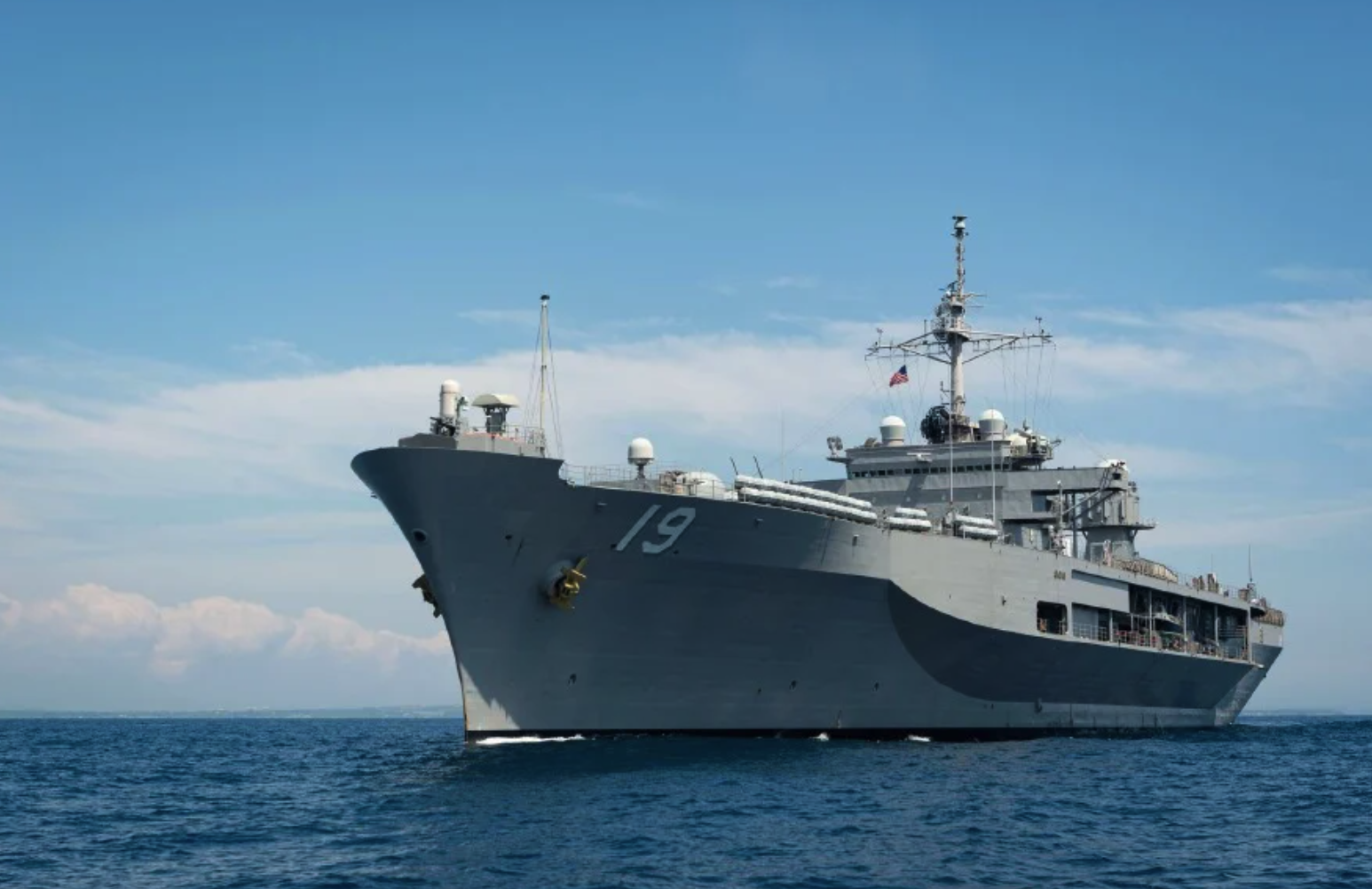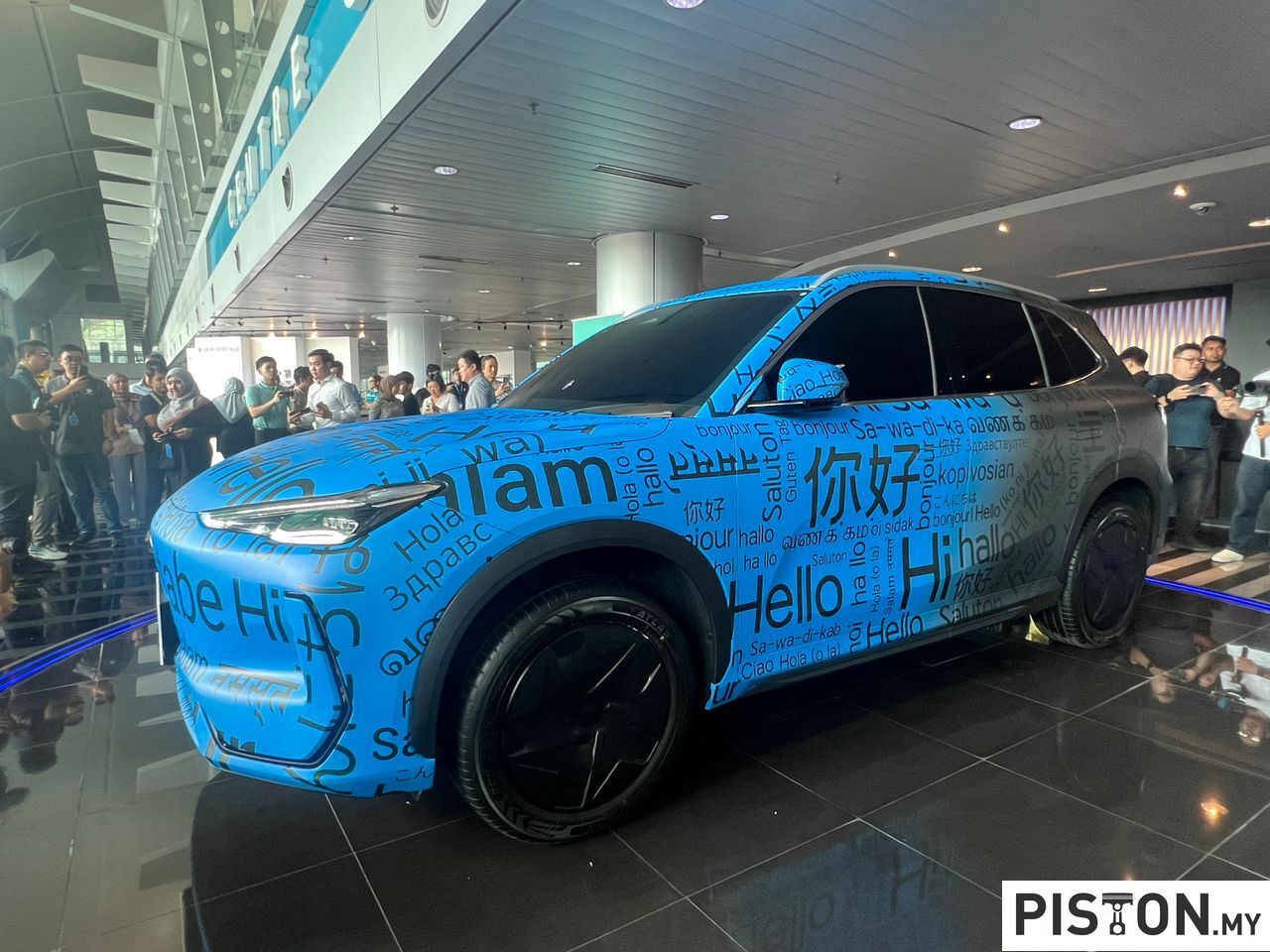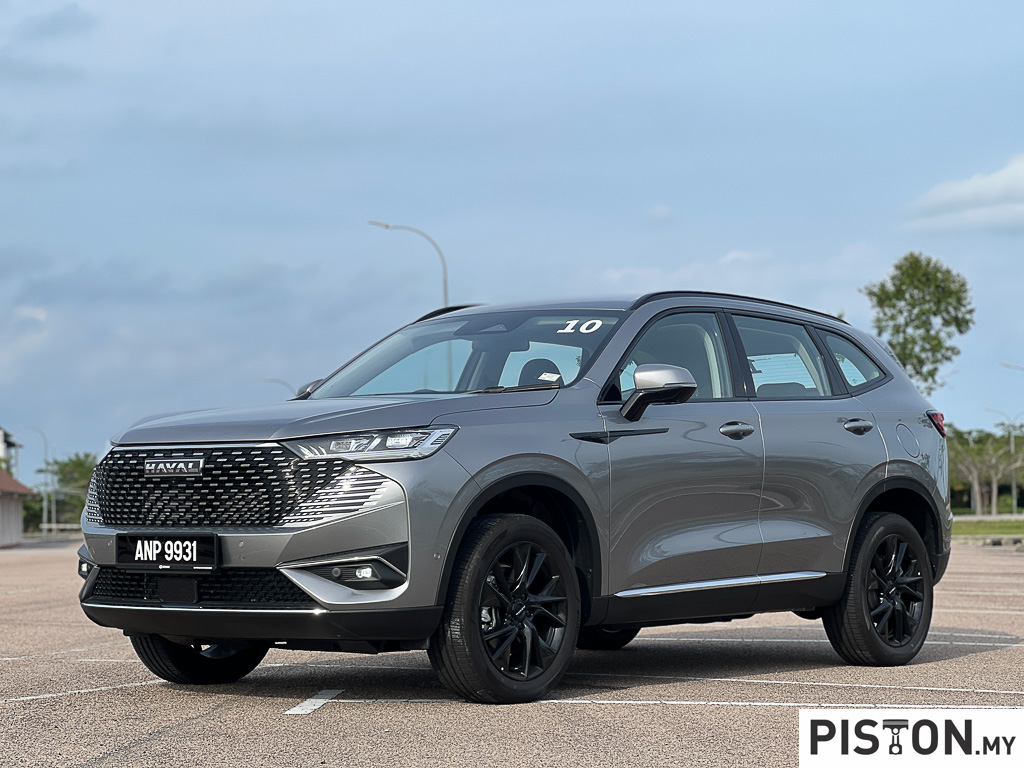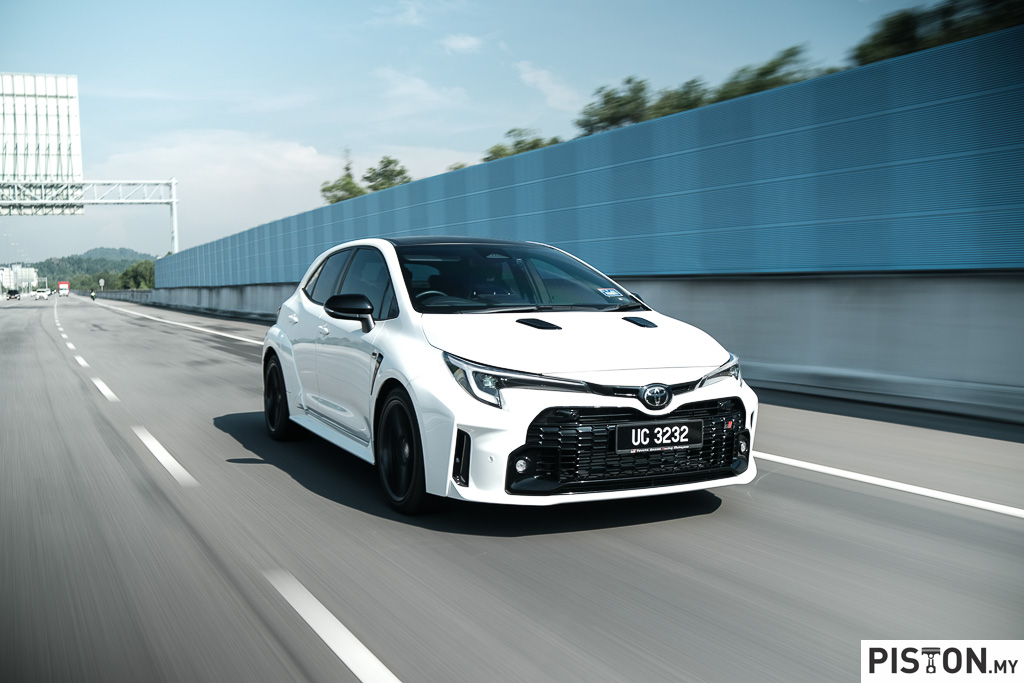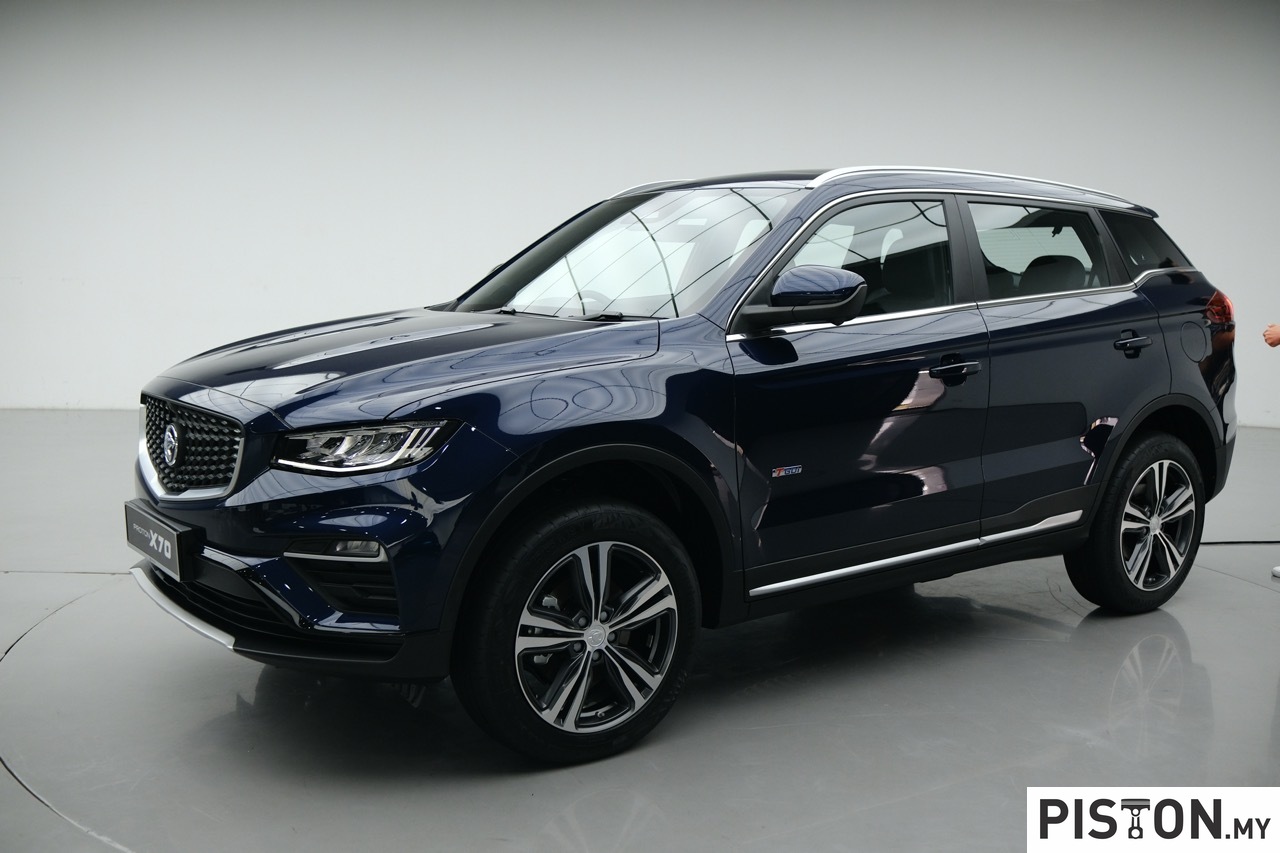A car model can usually be in production for up to 10 years, though it is usually around 5 or 6 years today. With each model change, the design will evolve in tune with trends and consumer tastes. Only very few models – like the Volkswagen Beetle – could last decades unchanged. Eventually, the discontinued models fade away, but some are also remembered and collectors preserve them as they are special in one way or another.
Skoda, with a history of 125 years, has obviously produced many models and some have been significant. As part of the Czech carmaker’s 125th anniversary celebrations, a group of designers from across the brand have re-imagined some classic models and repurposed them for the modern era.
They picked 5 of the most iconic models and came out with designs of what those models would look like if they were to be done today, in the 21st century. These are model that defined the look and feel of Czech design and each one chosen is a personal favourite of the designer responsible.
Skoda has no specific plans to develop any of the designs, but the project gave the team inspiration from the past, the present and future environments.

VOITURETTE
This design takes inspiration from the brand’s first-ever production car, the Voiturette A. Created by Yuhan Zhang – a member of the interior design team at Skoda – the Voiturette study is an open-top 2-seater carriage designed for use as a fully autonomous tourist car for the streets of Prague, the capital city of the Czech Republic.
The interior features a dramatic curved information panel while the wraparound seat takes its inspiration from the single seat unit fitted to the 1905 original. Commenting on her design, Zhang explained: “I wanted to make a connection between the history of Skoda and beauty of Prague. There is a big display in the car presenting a description of the sights as you go, but it could also show passengers the history of Skoda.”
1203 CAMPER
Another iconic model to get a dramatic makeover is the 1203 van, which has been transformed into a 21st century campervan. The brainchild of interface designer Daniel Hajek, the 1203 formed the backbone of Czech industry through the 1970s, becoming the default choice for trade, governments and the emergency services. Production ran from 1968 until the late 1990s.
The 21st century version imagined by Hajek features an electric drivetrain that allows for even greater space inside, along with a pop-up roof and all the practical touches found in today’s Skodas.
In terms of exterior design, the modern 1203 Camper features a number of touches that combine old with new. “I thought long and hard about how to reference the original’s round lights without them being too retro,” explained Hajek. “That’s why there’s just a hint of some curves here, but otherwise the light signature is new and bold.”
FELICIA CABRIOLET
The 1959 Felicia provided interior designer Martin Leprince with the starting point for his design makeover. Like the open-top original, the 21st century one is a masterclass in design elegance – wrapping itself around the passenger compartment while maximising exposure to the elements.
While working on the project Leprince spent hours with an original example kept at the Skoda museum. Among the many details he admired was the wraparound windscreen – and set about updating the look for his new version. As the design shows, the Felicia study has a ‘floating’ windscreen that hovers a few centimetres above the body and curves inwards to serve as the instrument panel and infotainment display.
“I studied glass statues, and with the help of photographs and pictures I tried to come up with a way to draw a 3D glass object so that the whole was comprehensible and looked realistic. That kept me busy for quite a few days,” he explained.
POPULAR MONTE CARLO and 130RS
Sporting glory was the inspiration behind the final pair of re-imagined Skoda classics. Interior designer Ljudmil Slavov chose to recreate the brand’s classic Popular Monte Carlo, while fellow stylist Aymeric Chertier opted to update the 130RS coupe.
“The Popular Monte Carlo is one of the most beautiful cars ever made, and I found its history fascinating as well. It is incredibly elegant and tasteful,” said Slavov. As part of his makeover, the Bulgarian-born designer opted to give the car a dramatic new roadster look. Slavov also chose to replace the traditional centre speedo with a floating hologram and a wraparound screen.
The reborn 130RS (above) by contrast, is more recognisable as an homage to the original. “I wanted to refresh the original car, not change it,” stressed Chertier. “I retained its essence and characteristic lines and added certain details that we know from modern WRC cars, for example,” the designer said, explaining the retro feel combined with the distinctive muscular shapes of his car.





